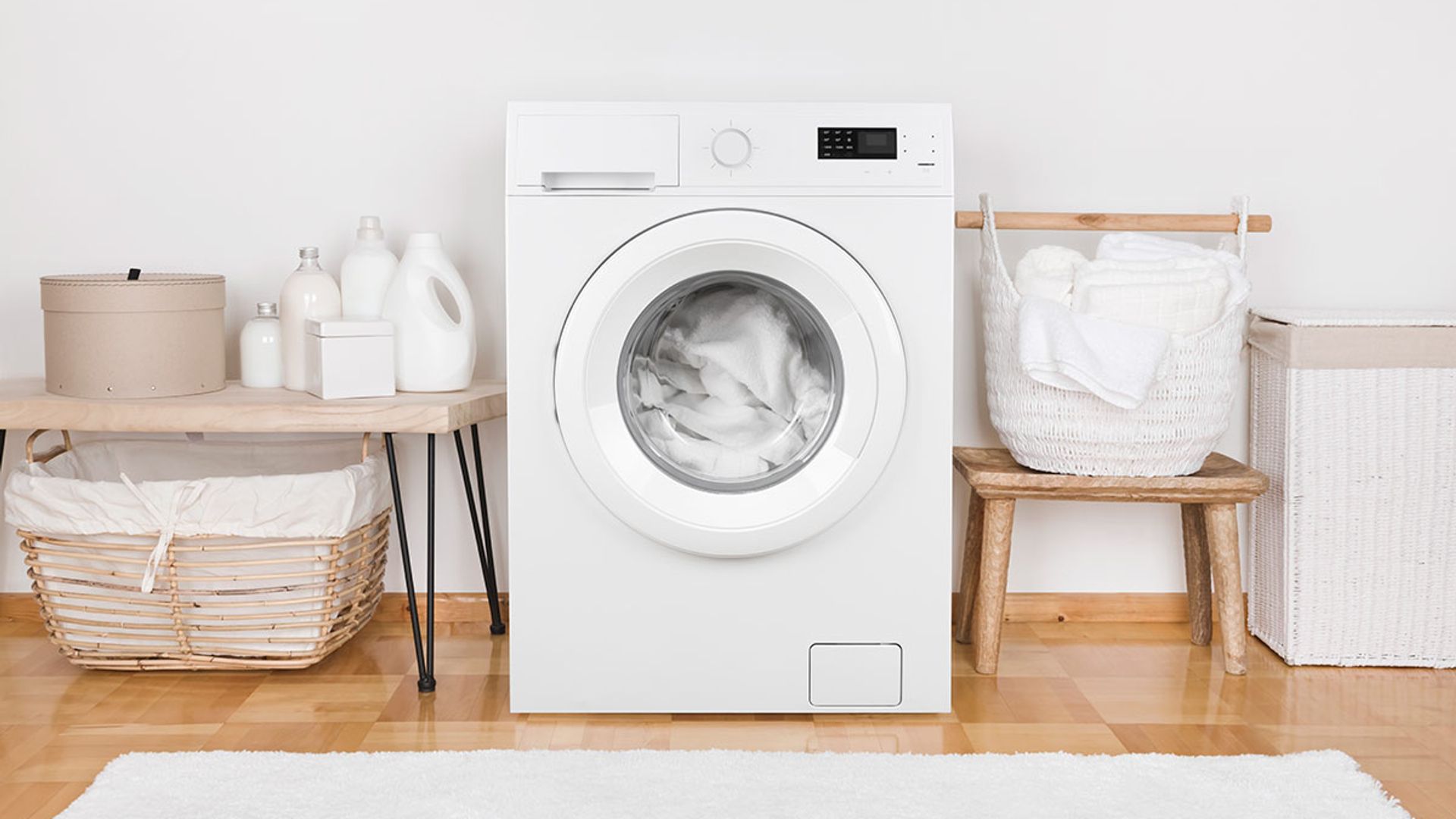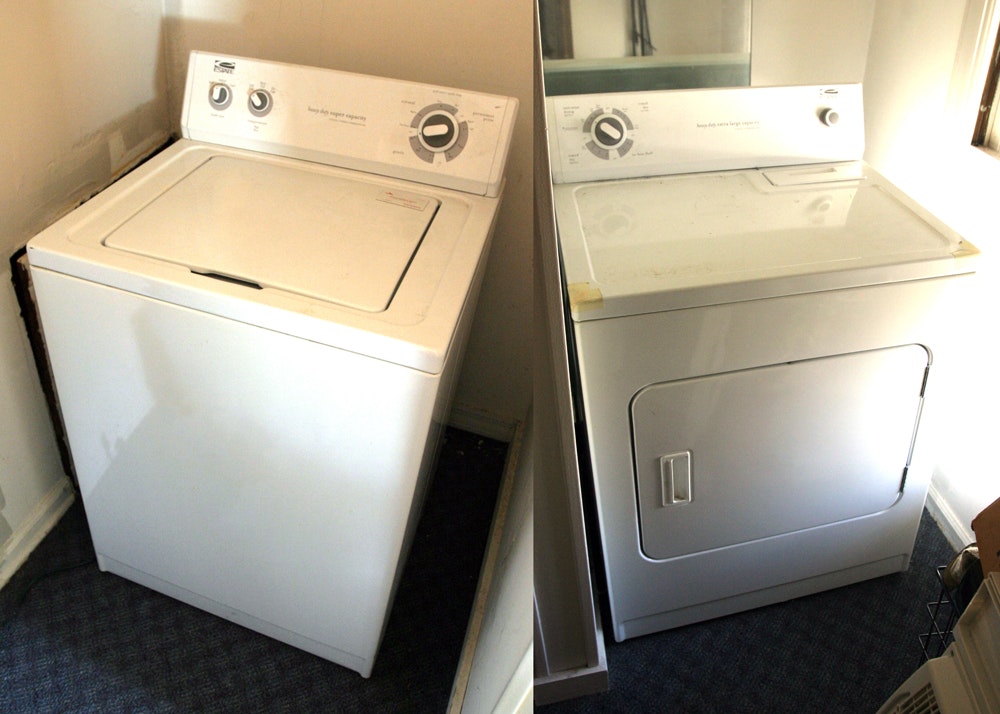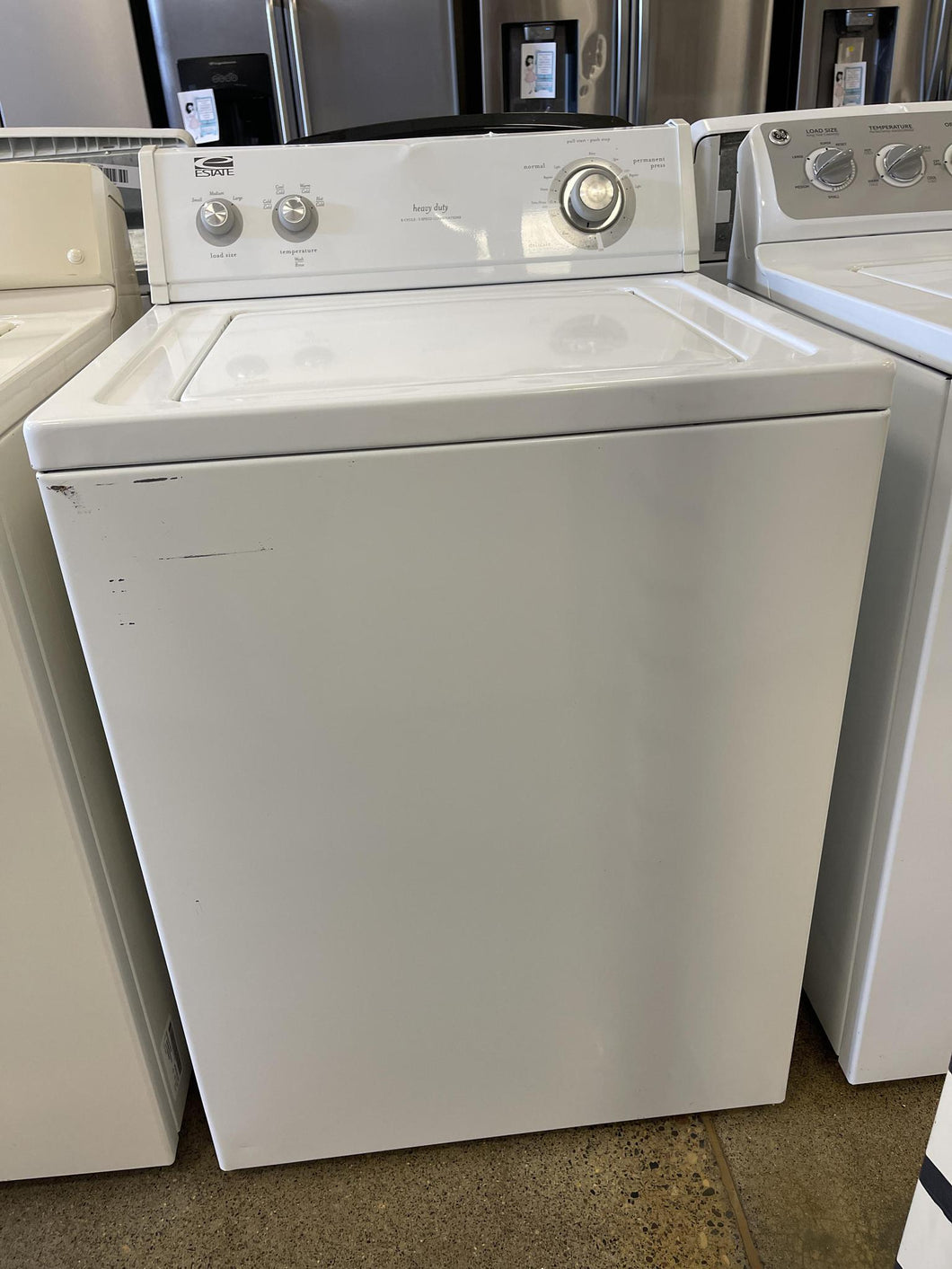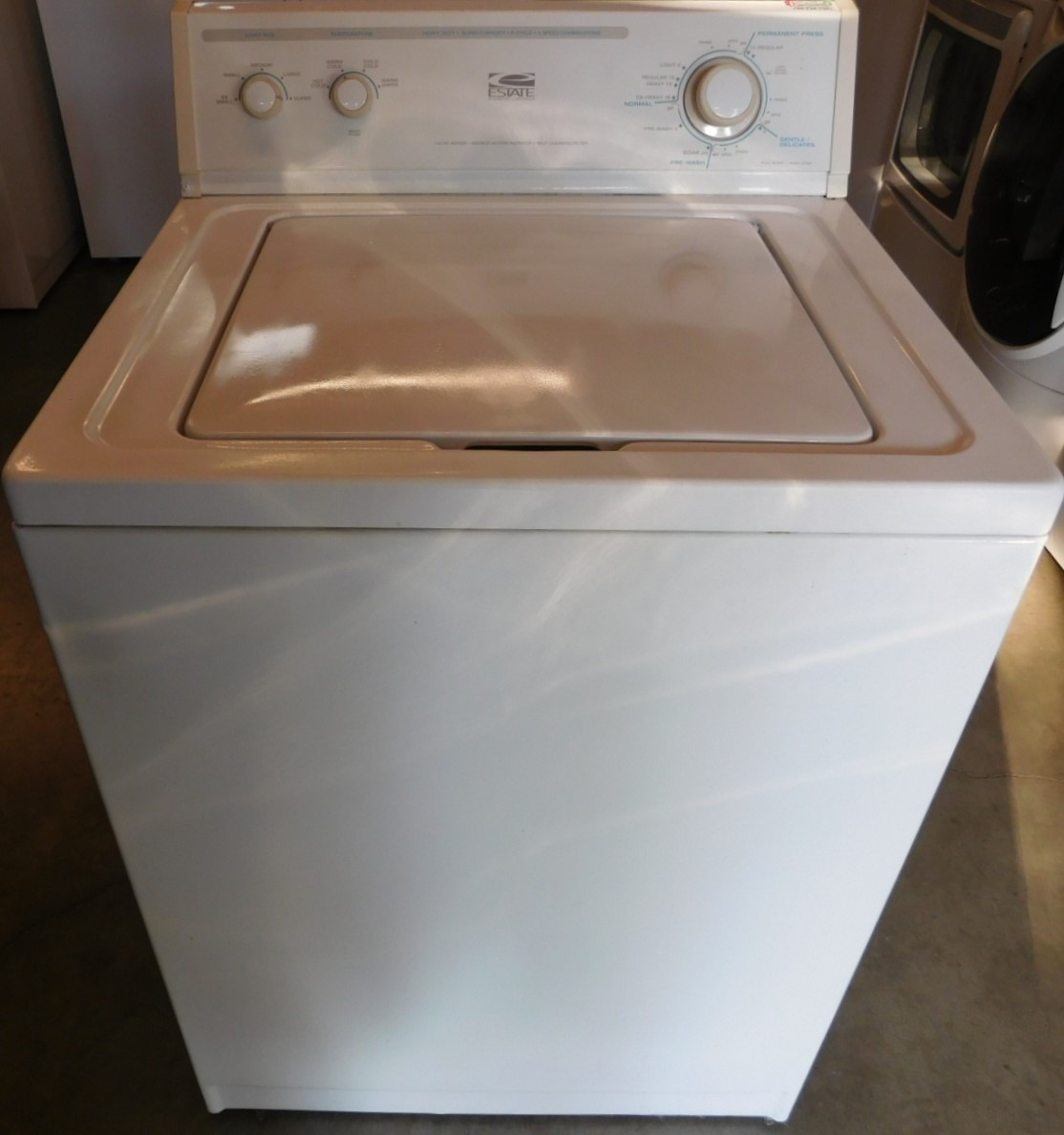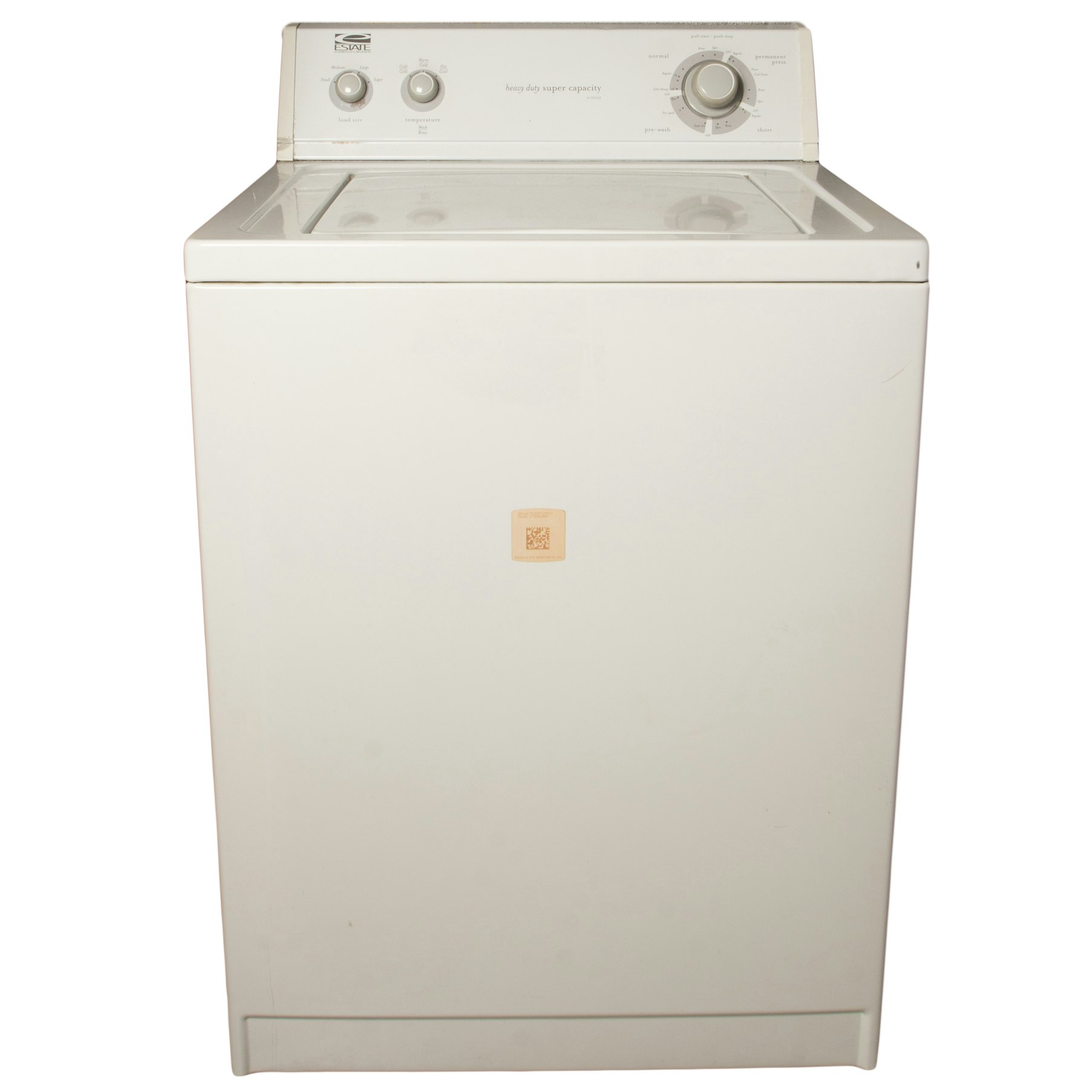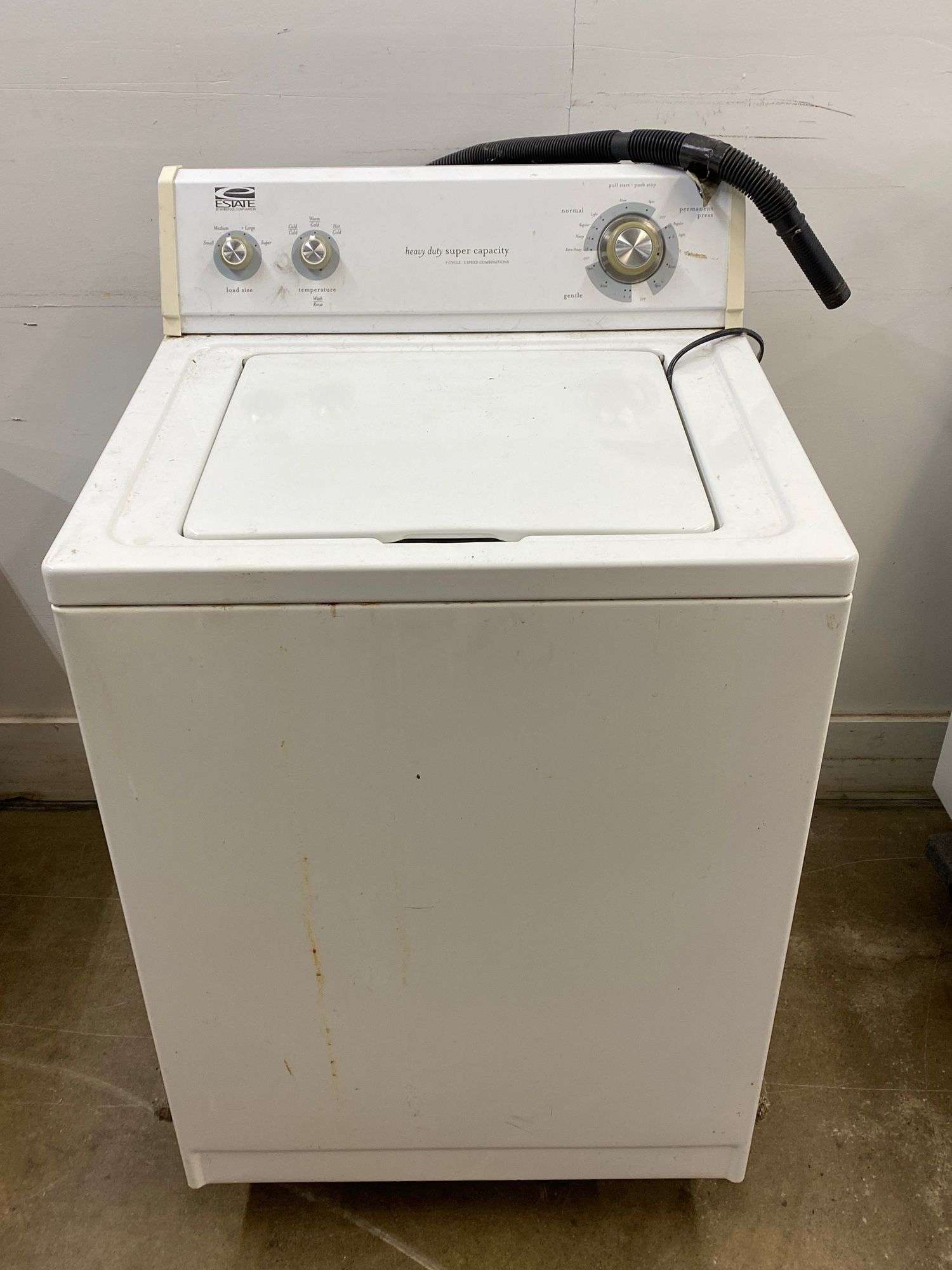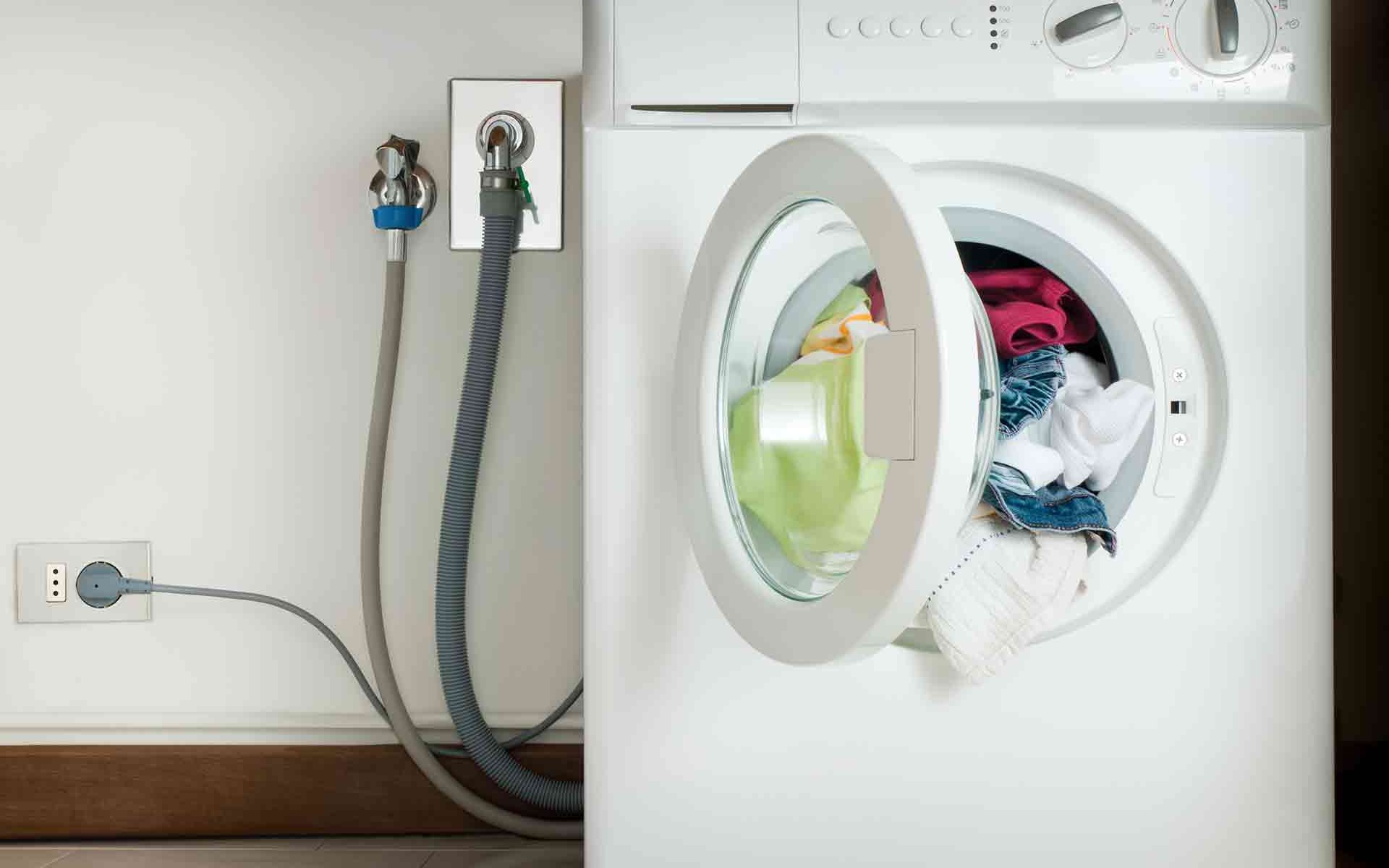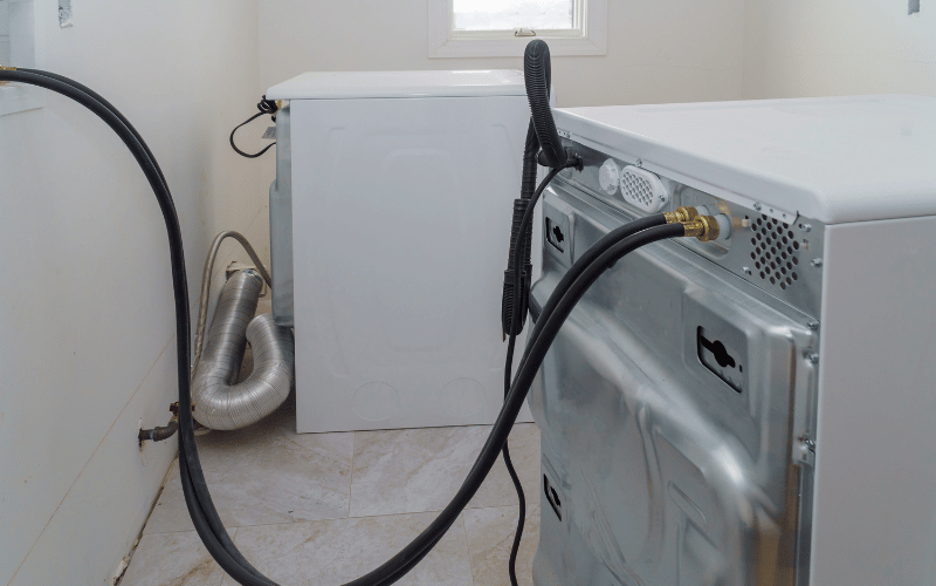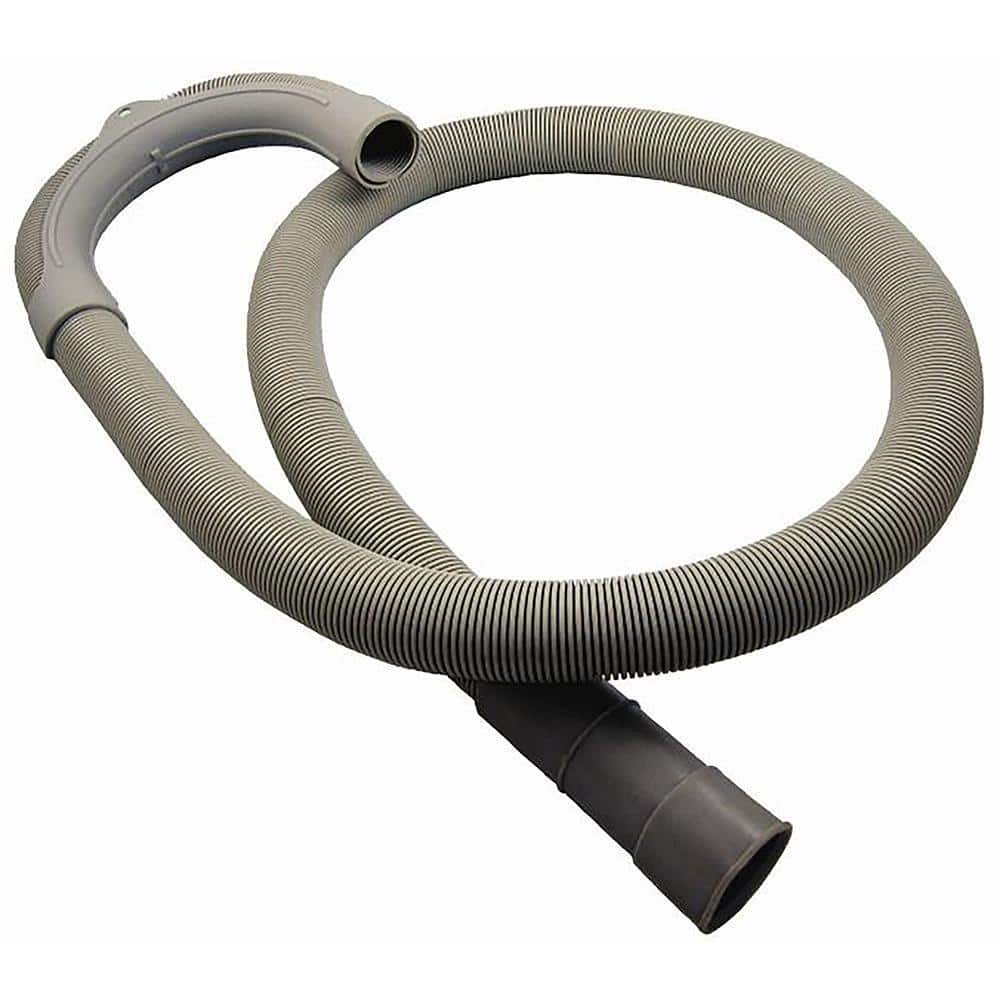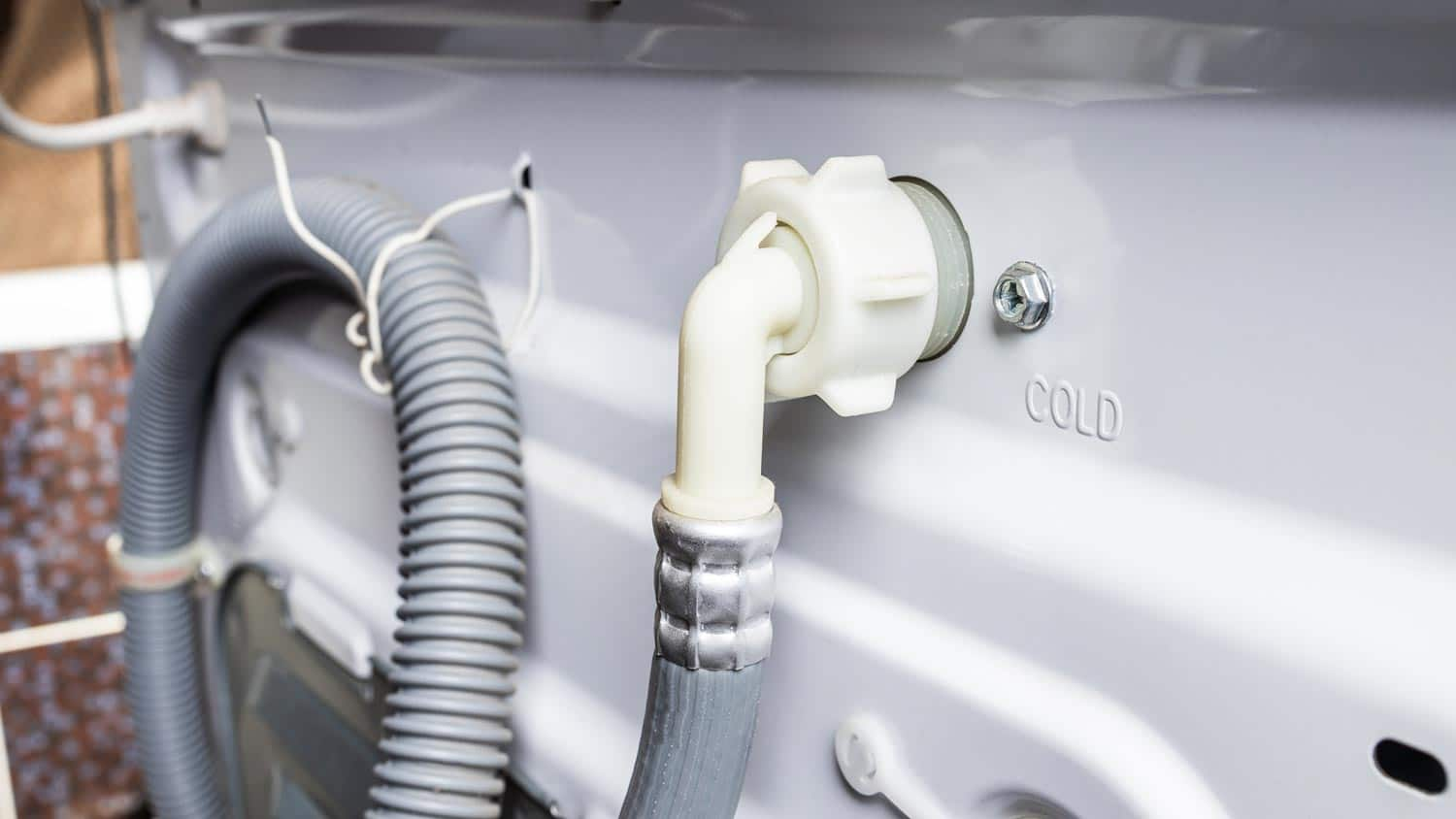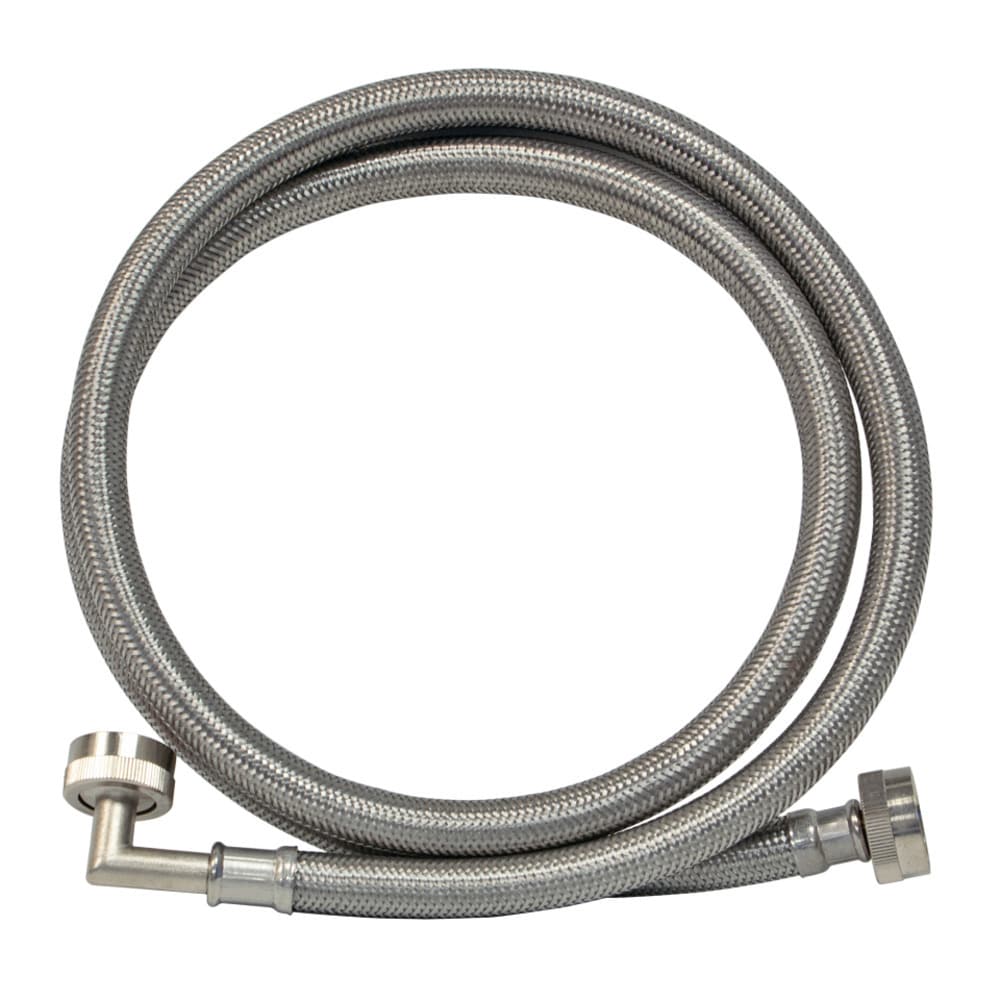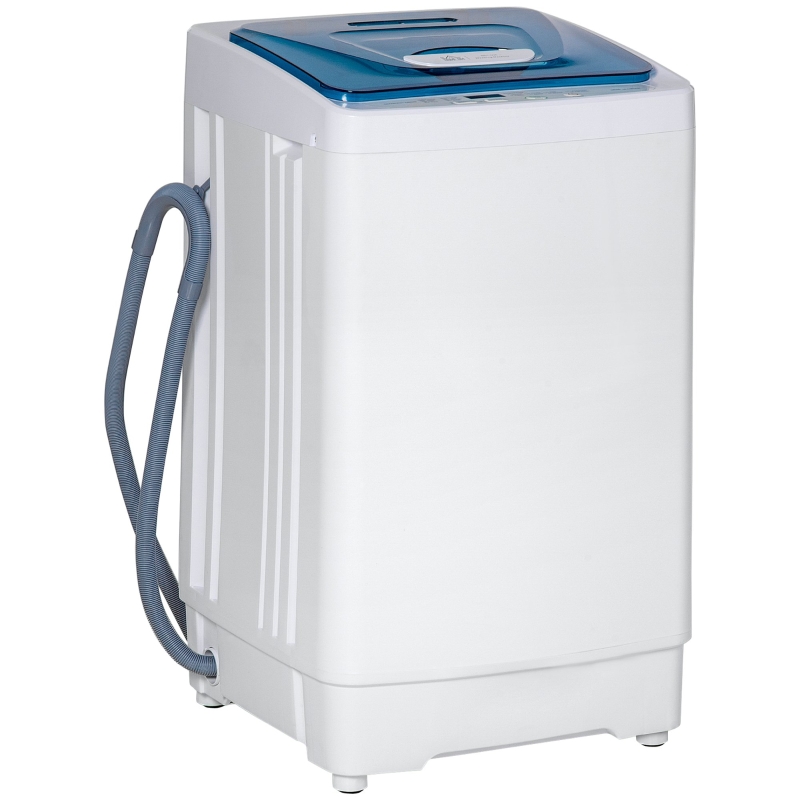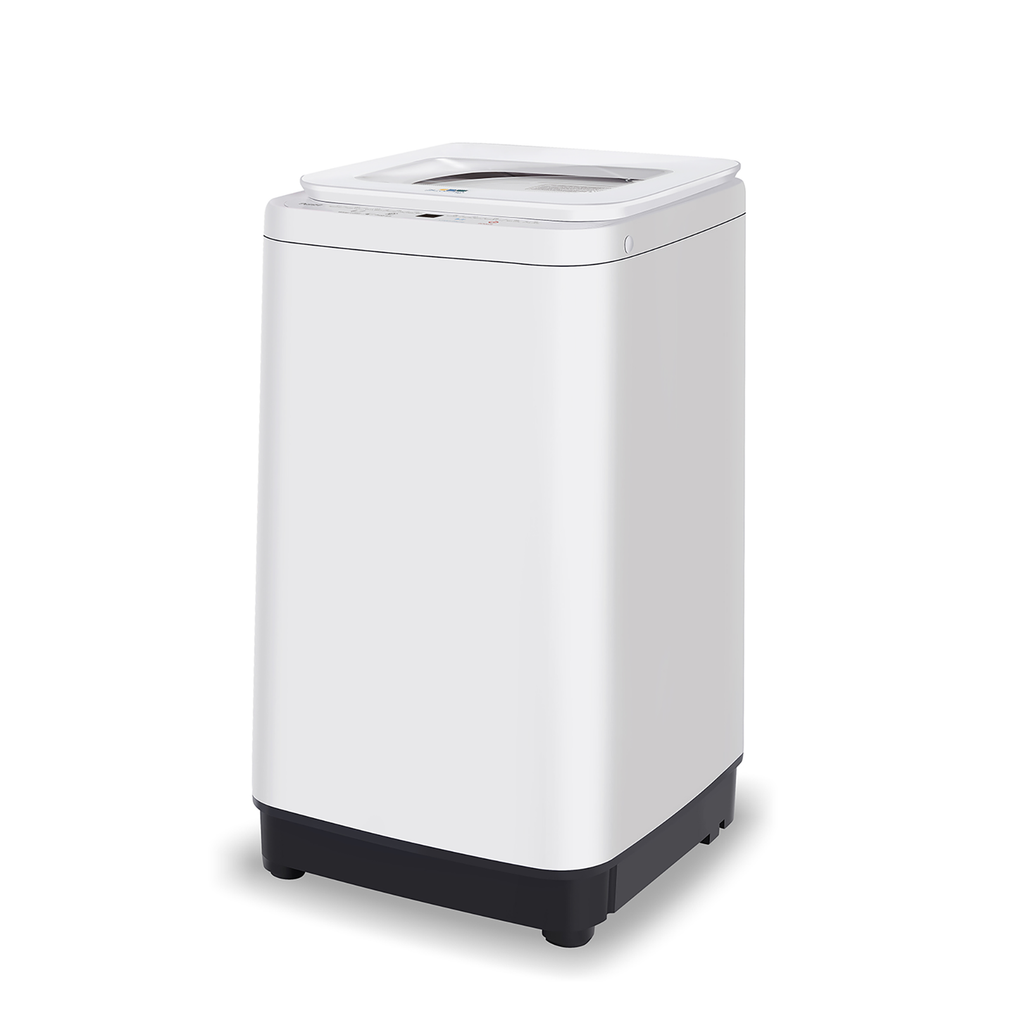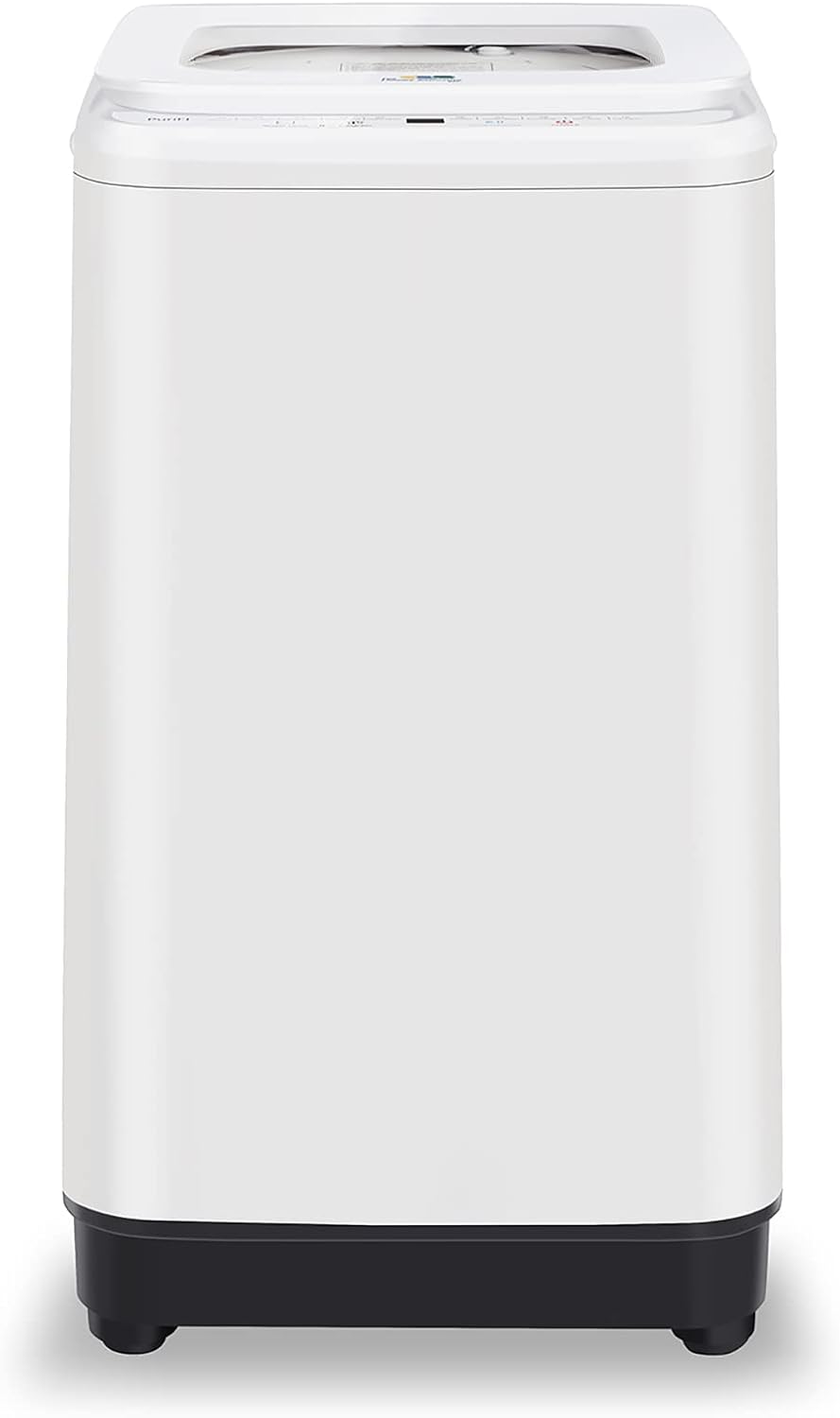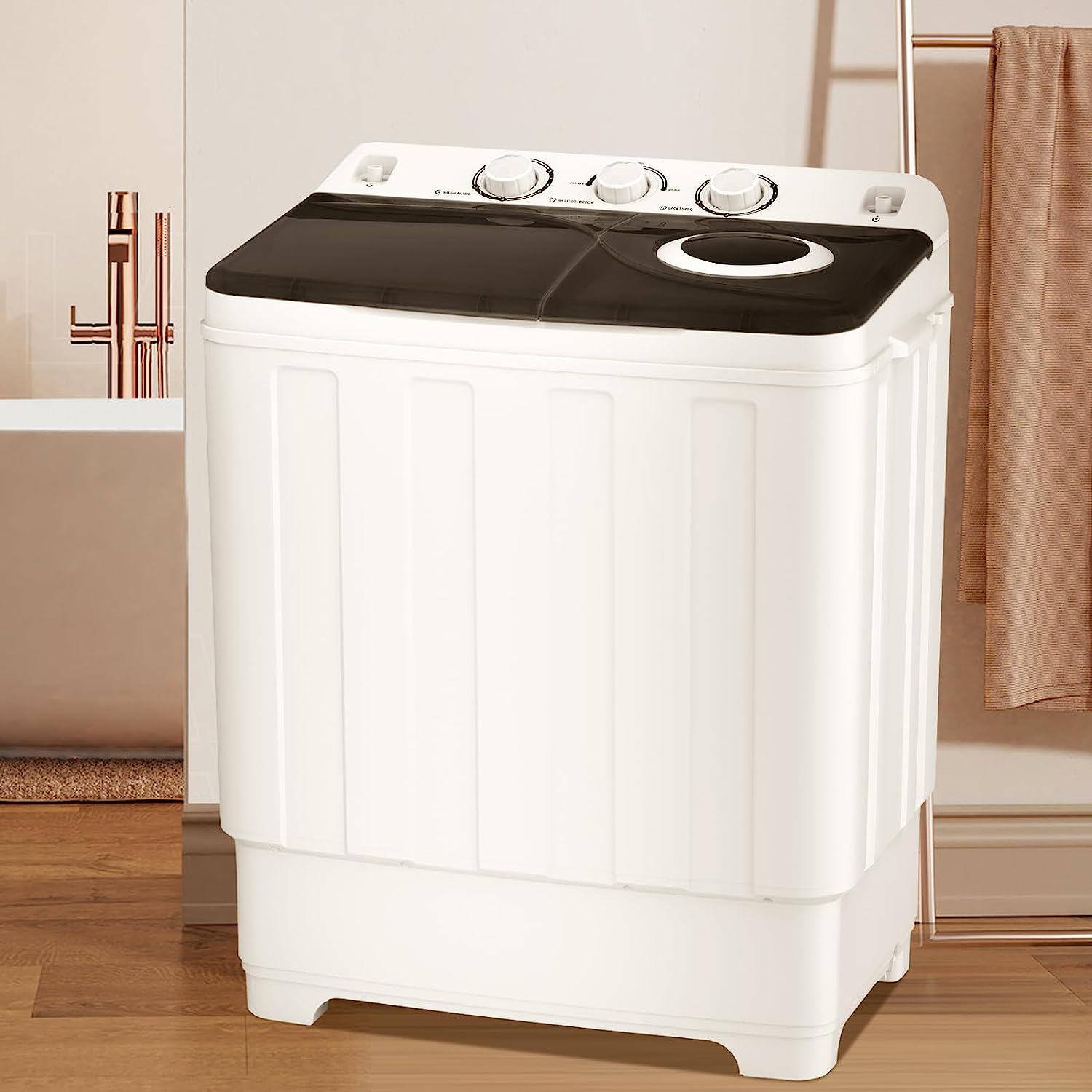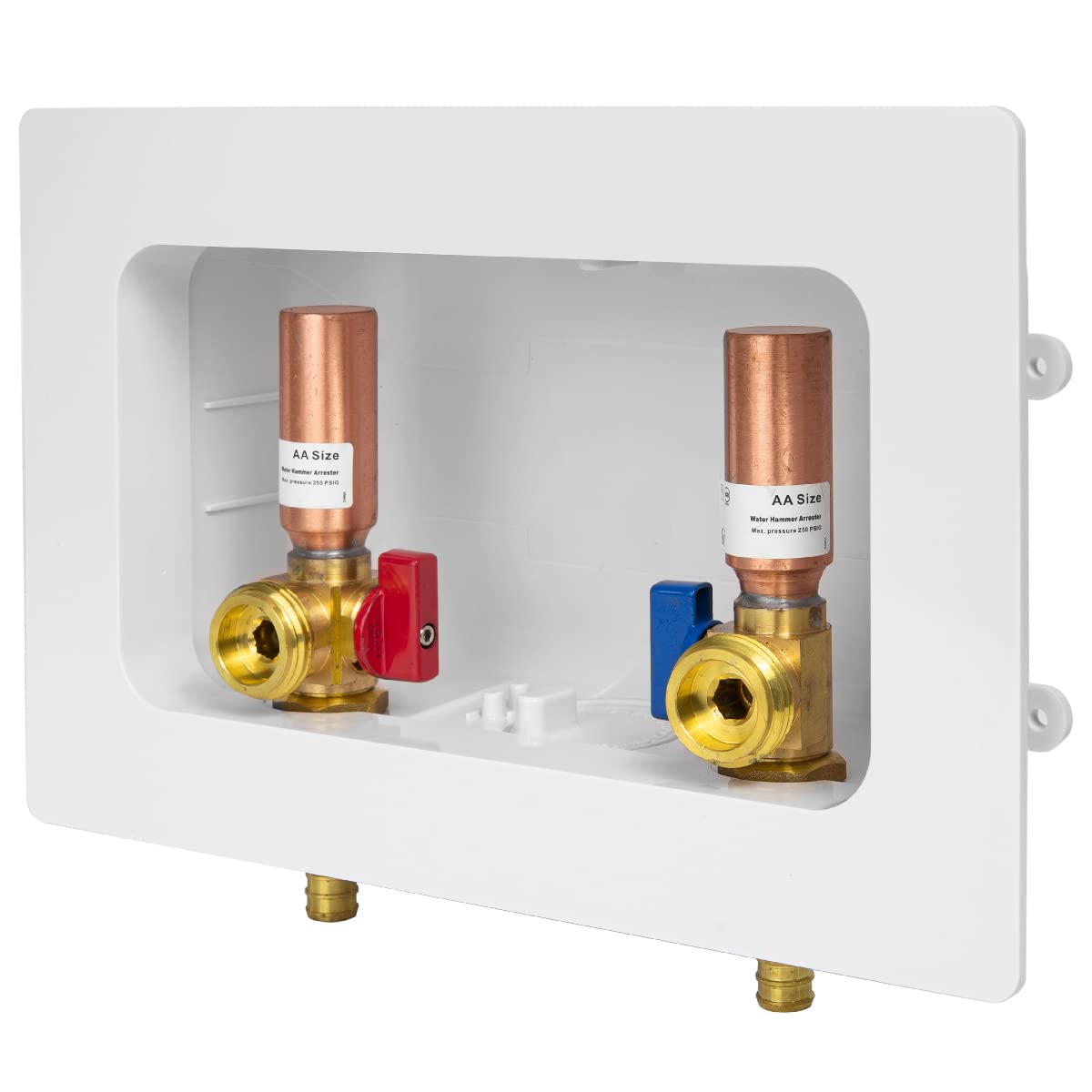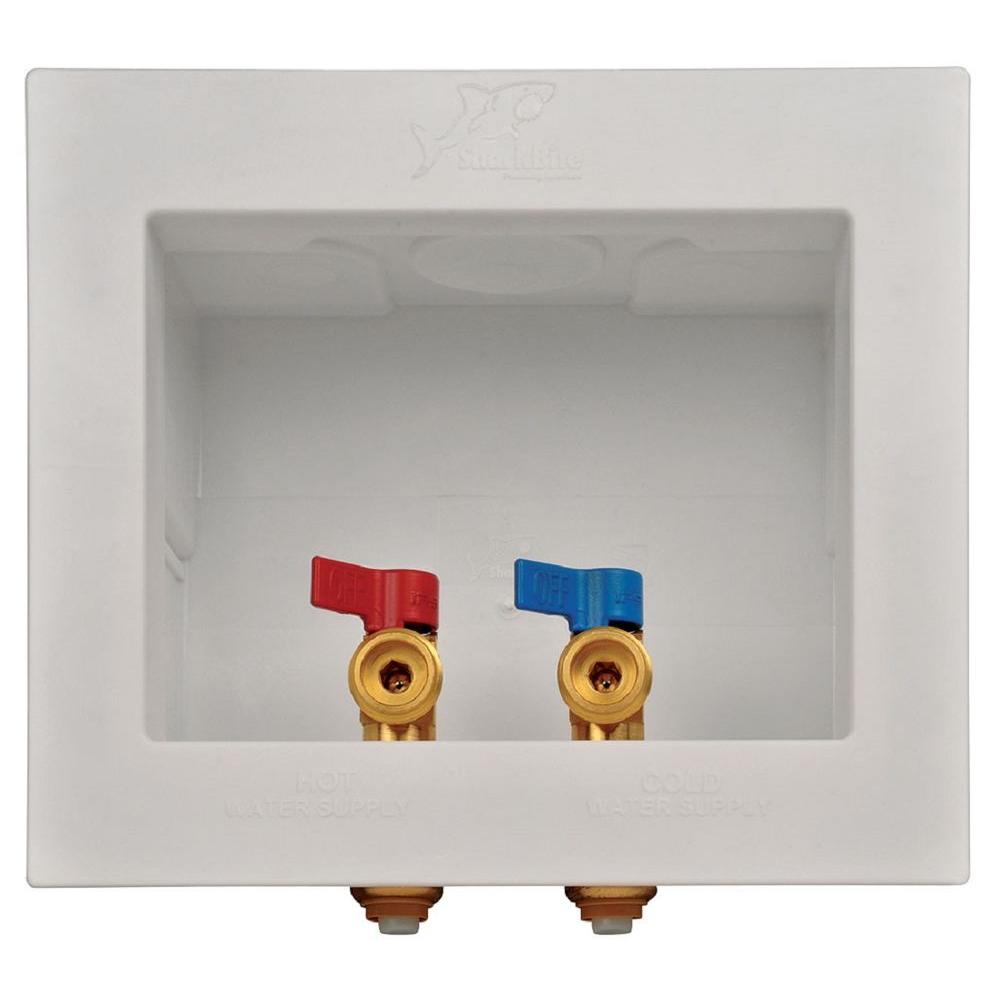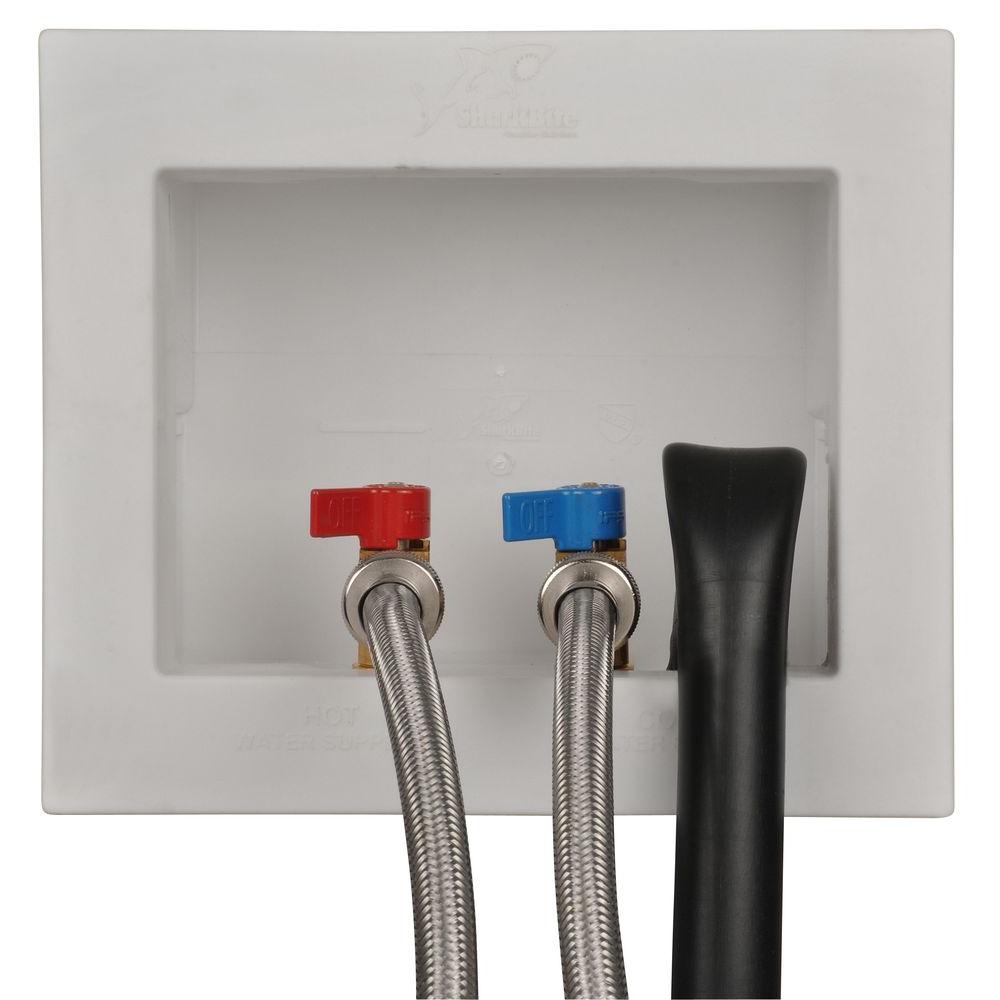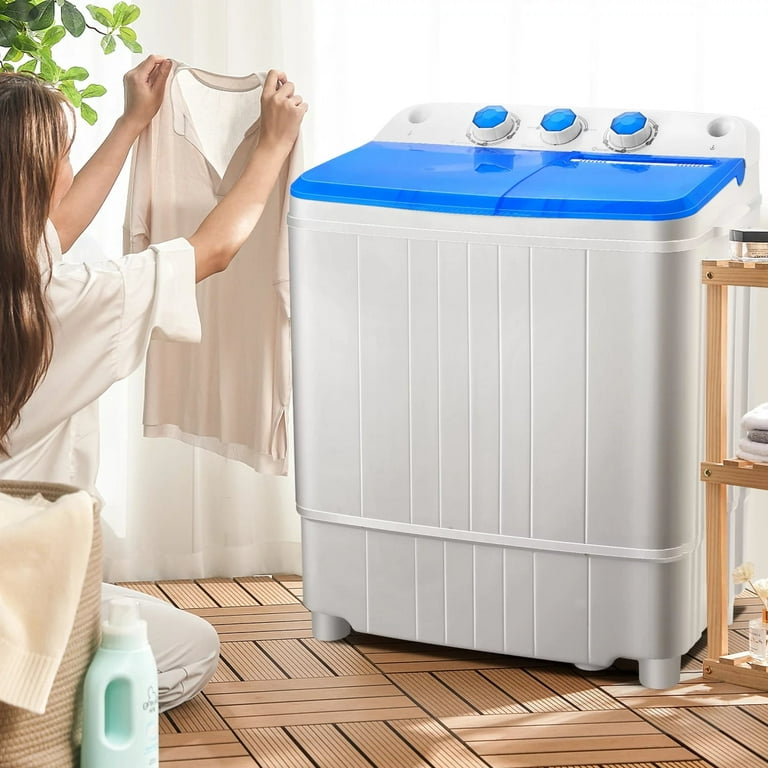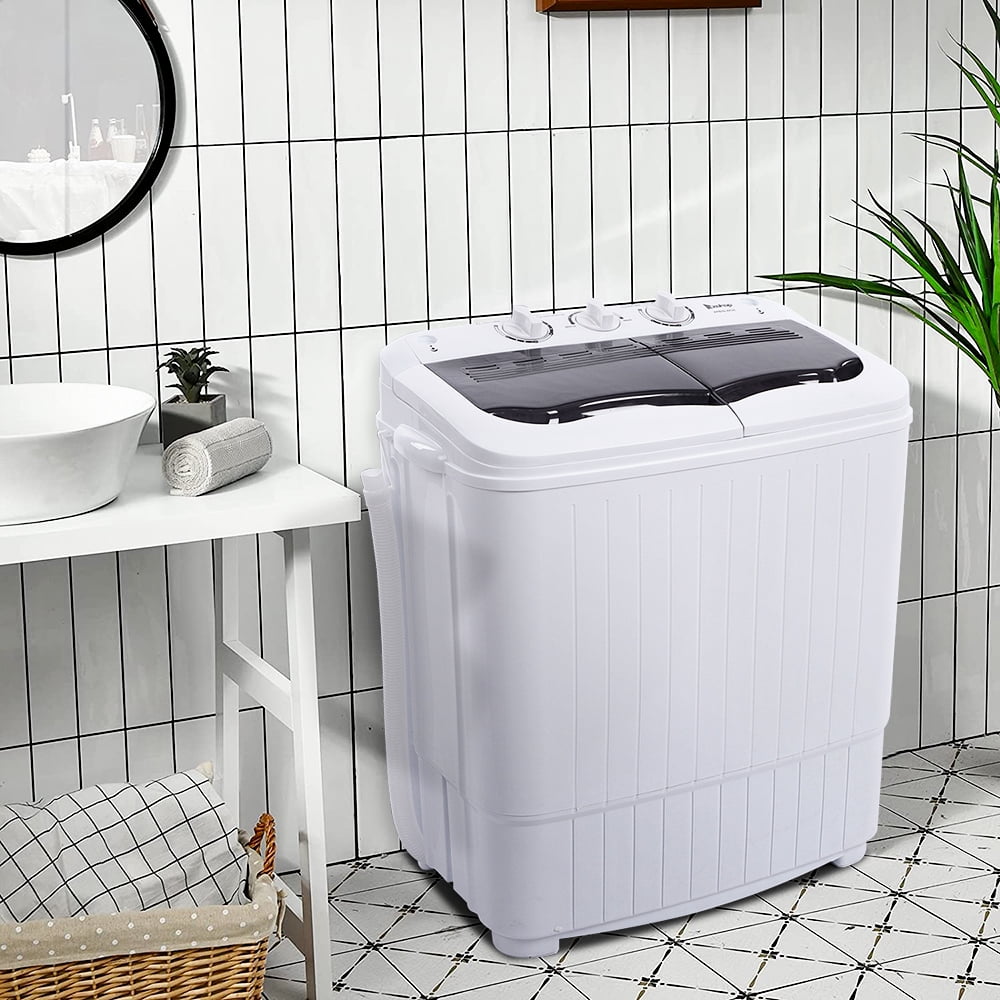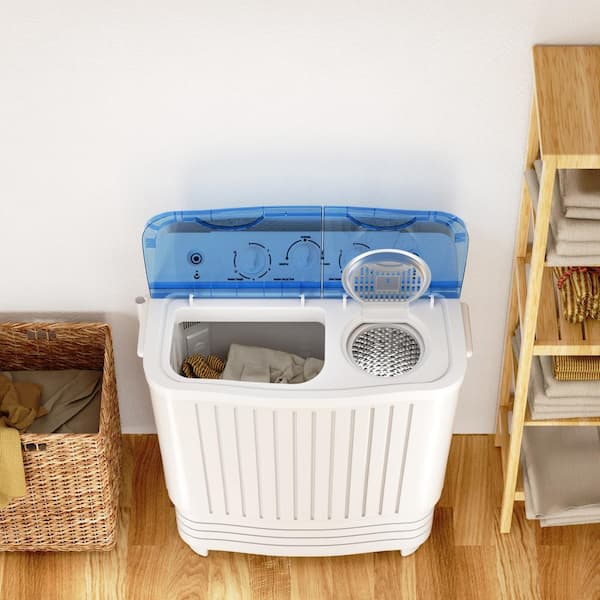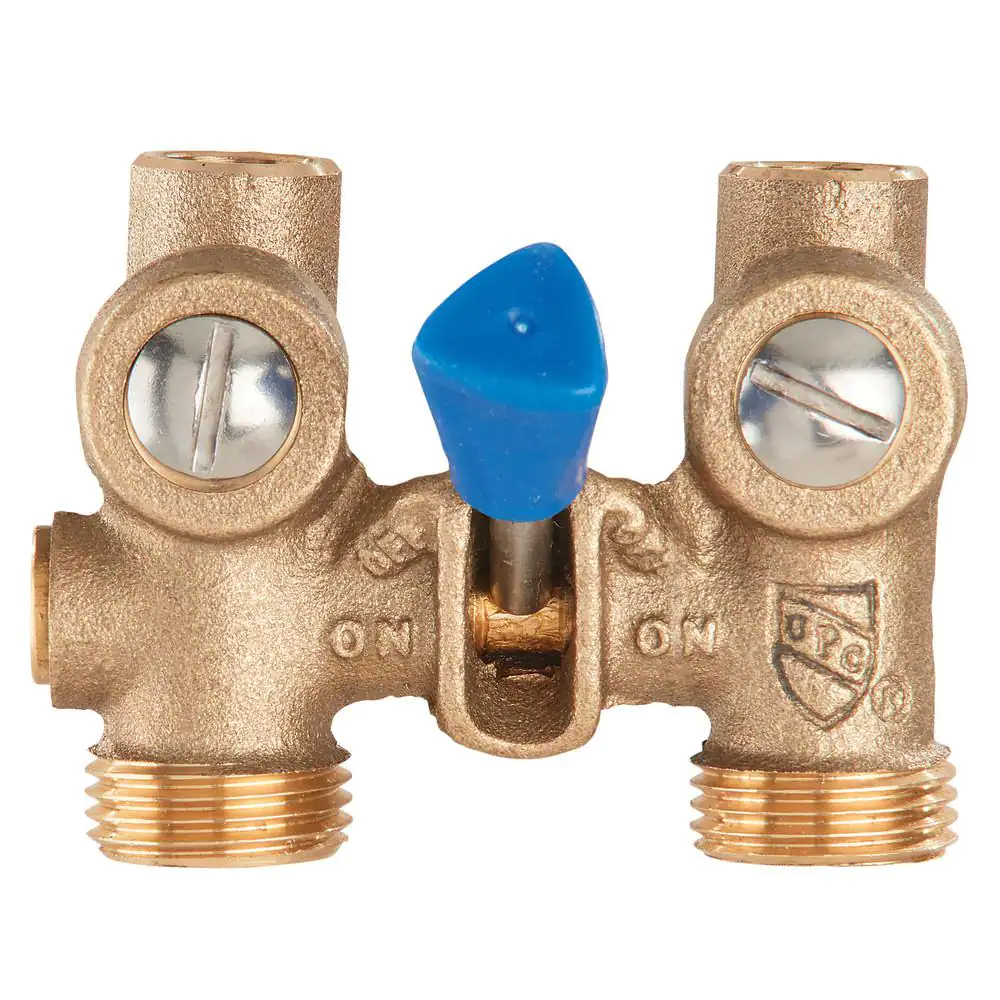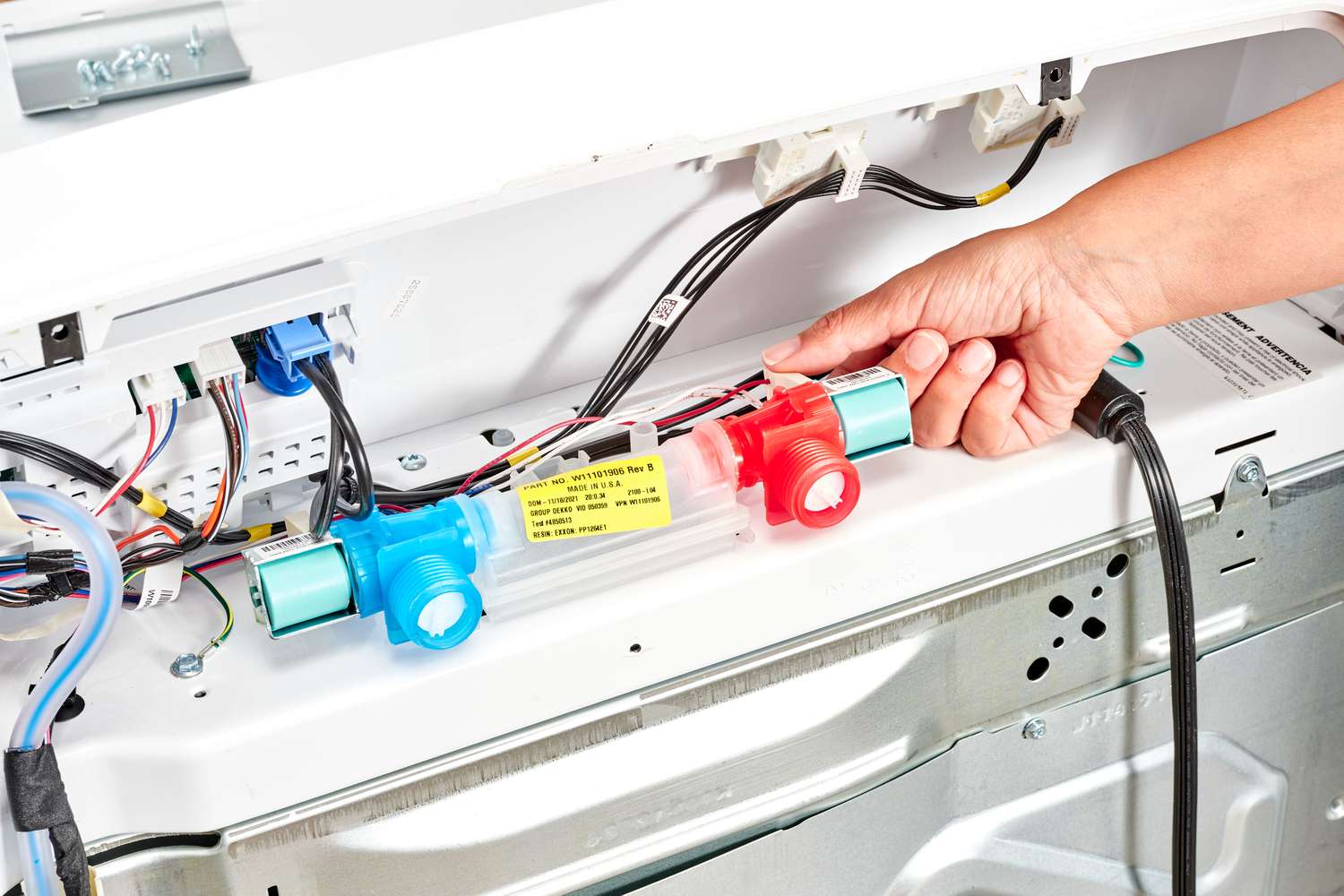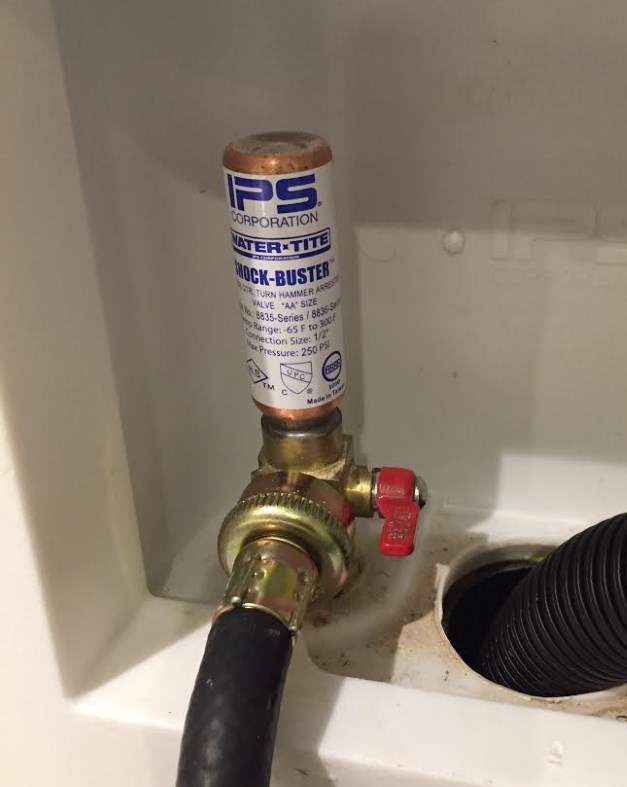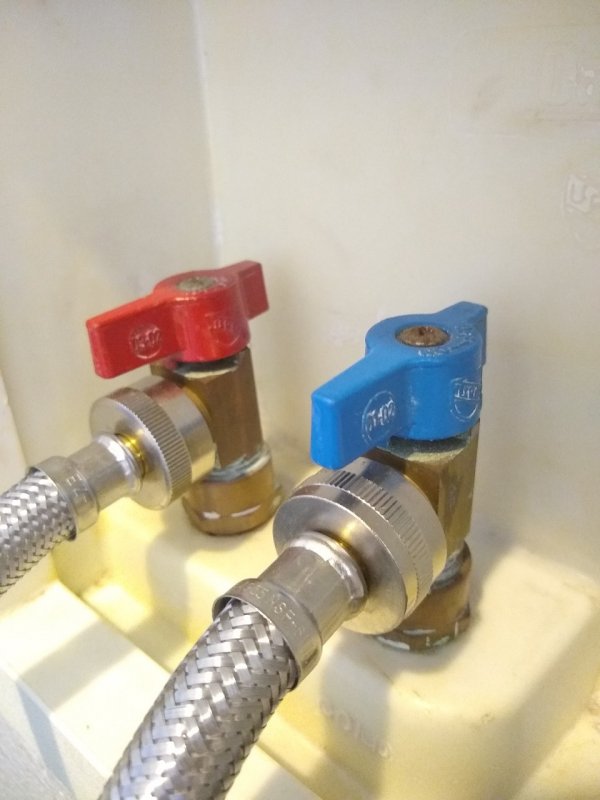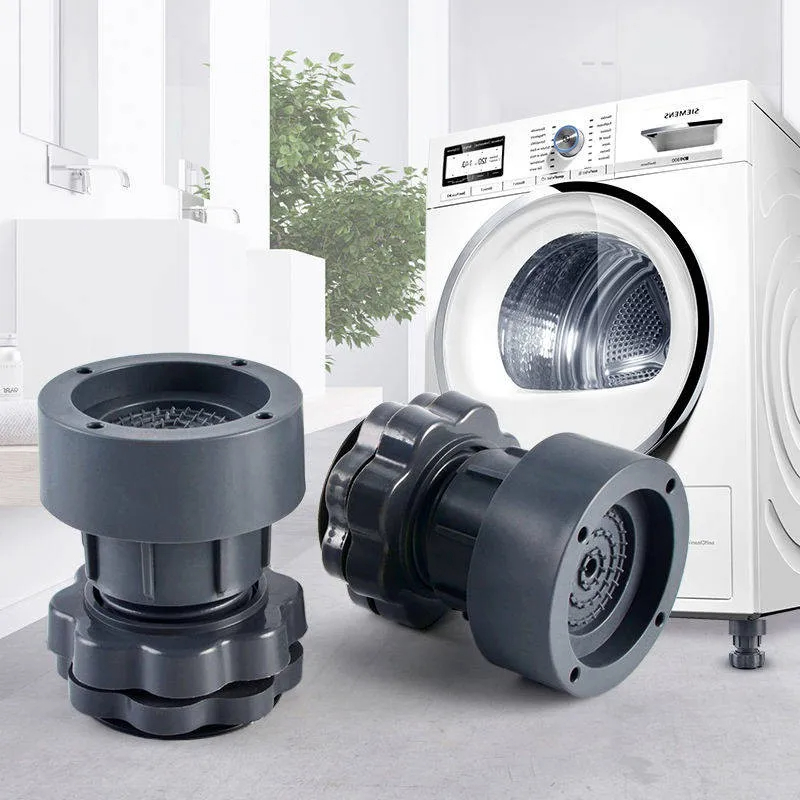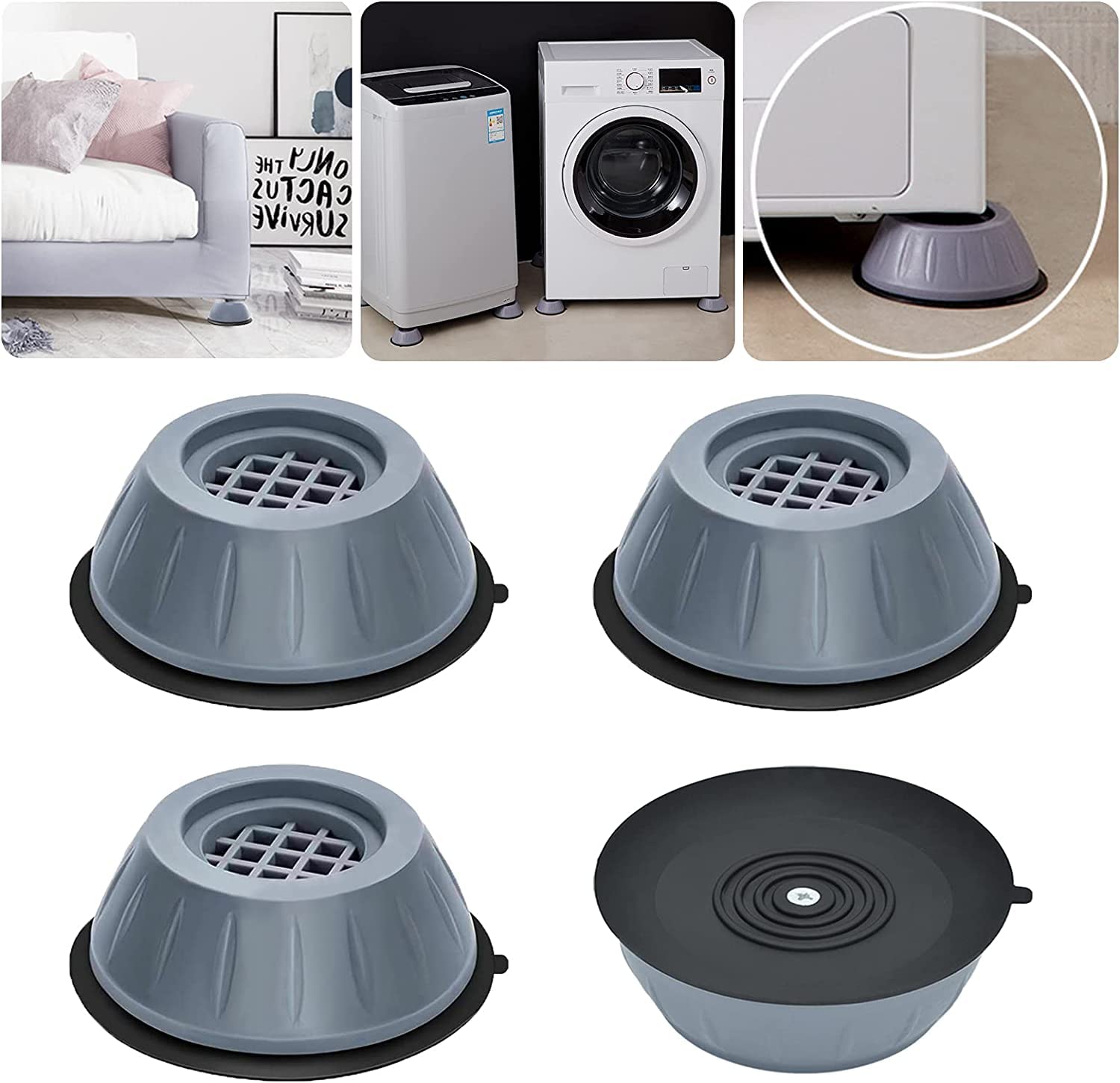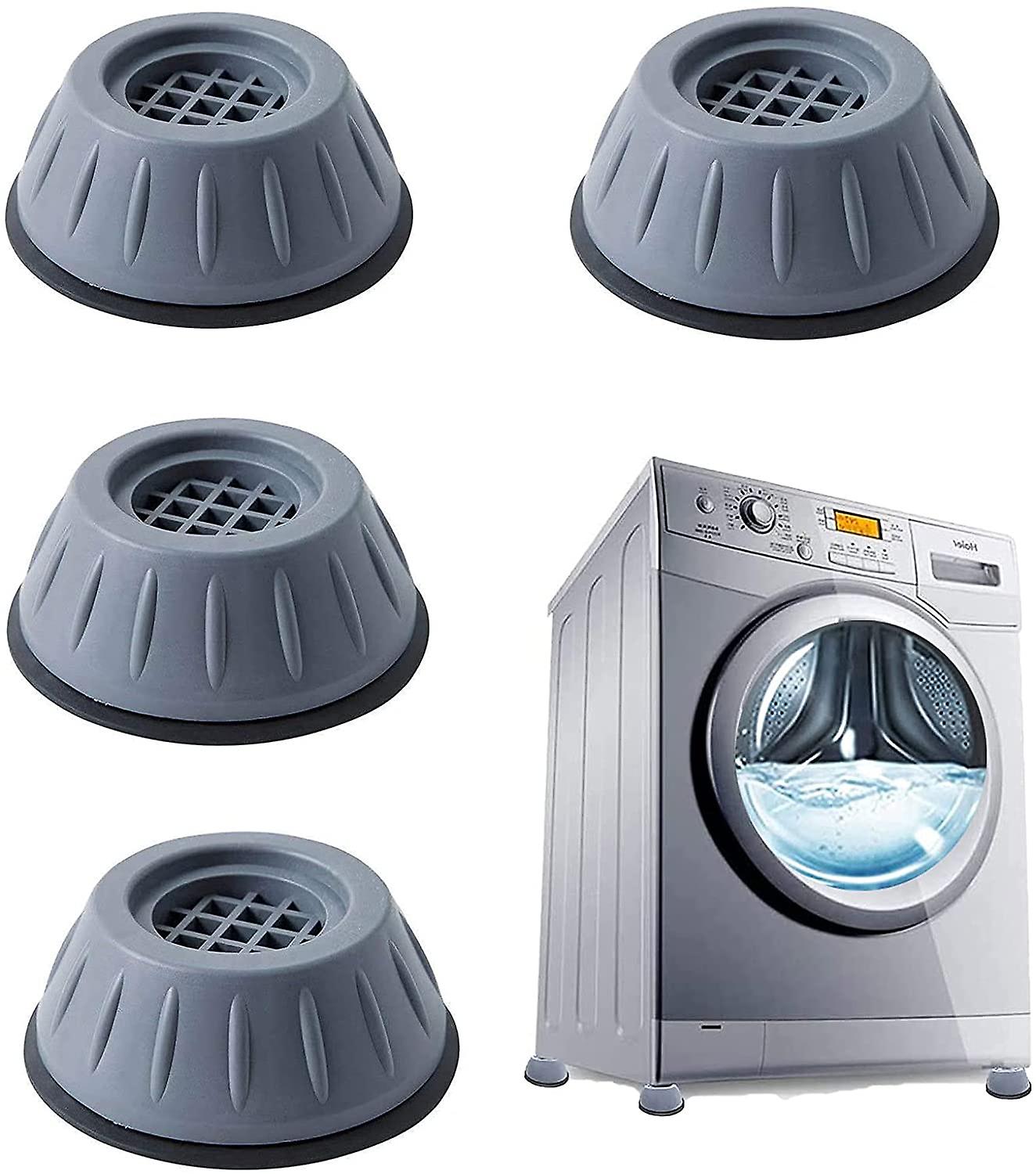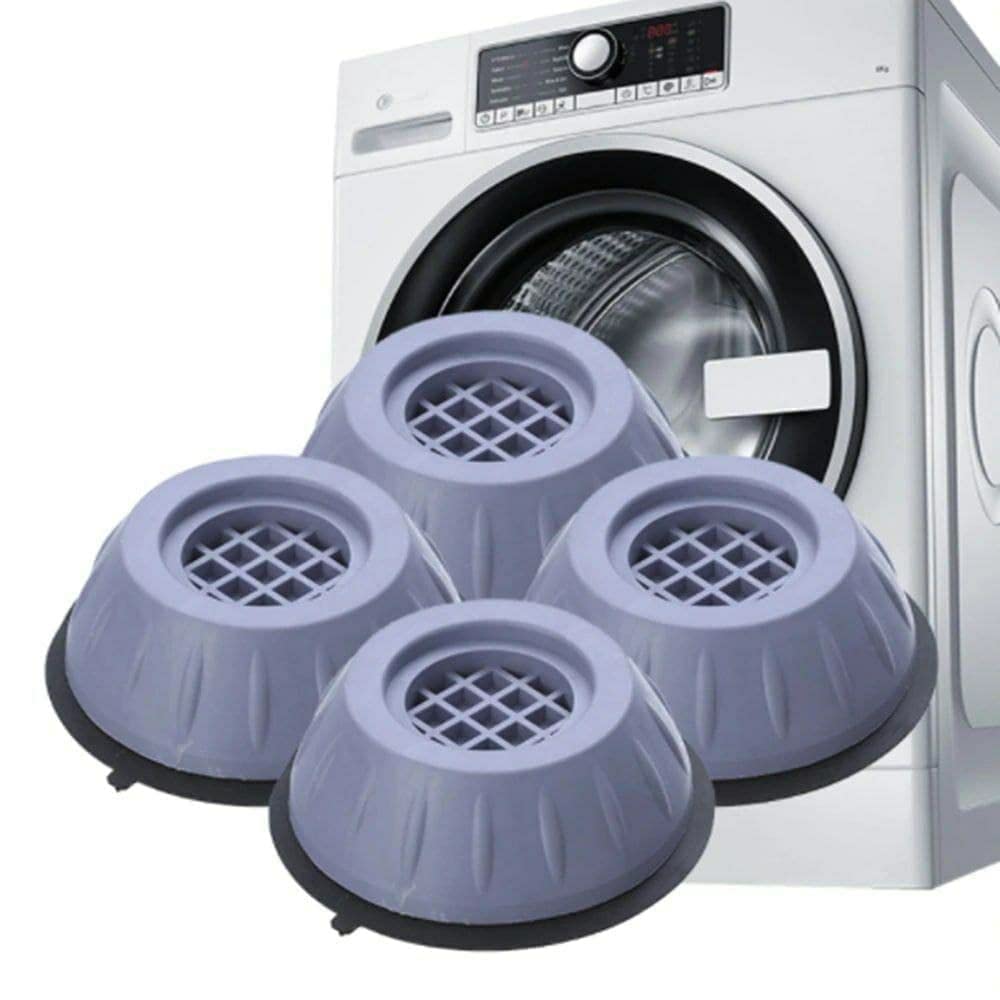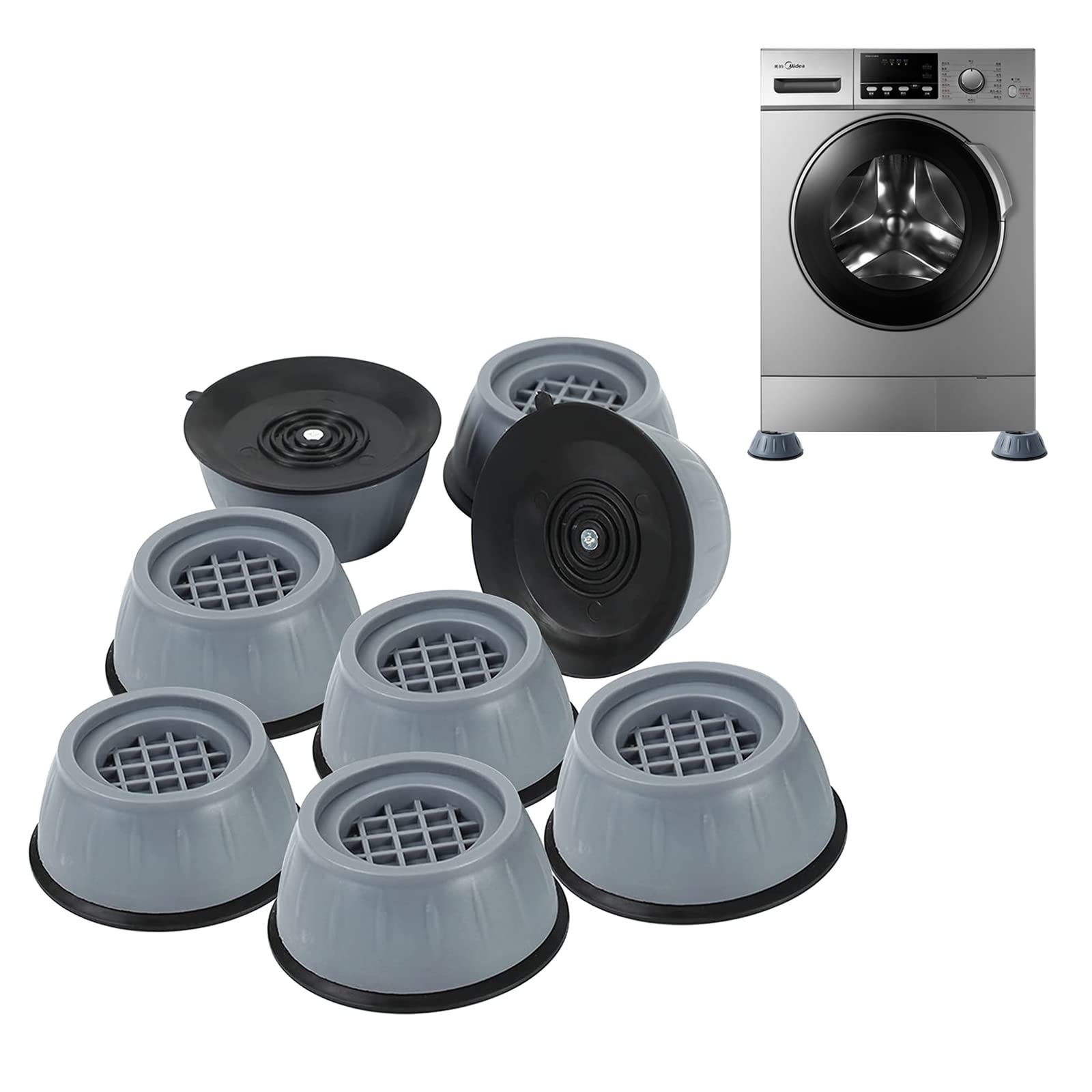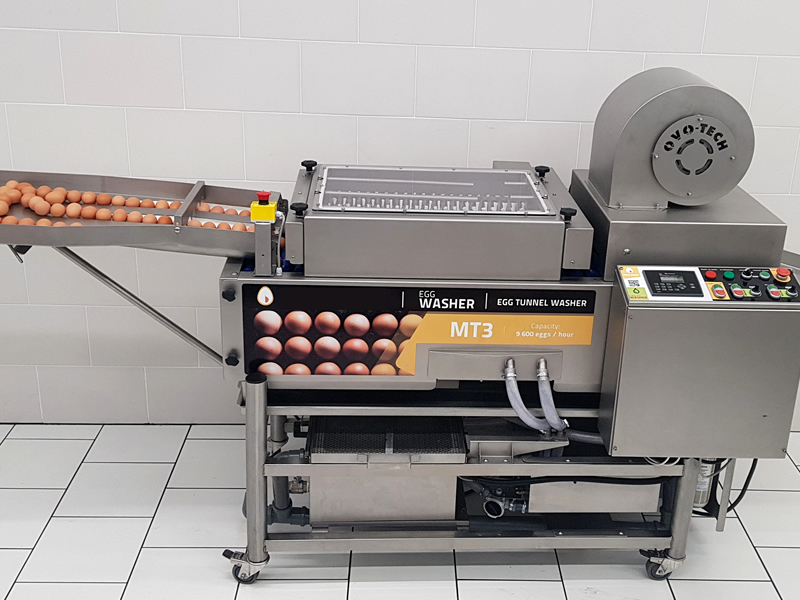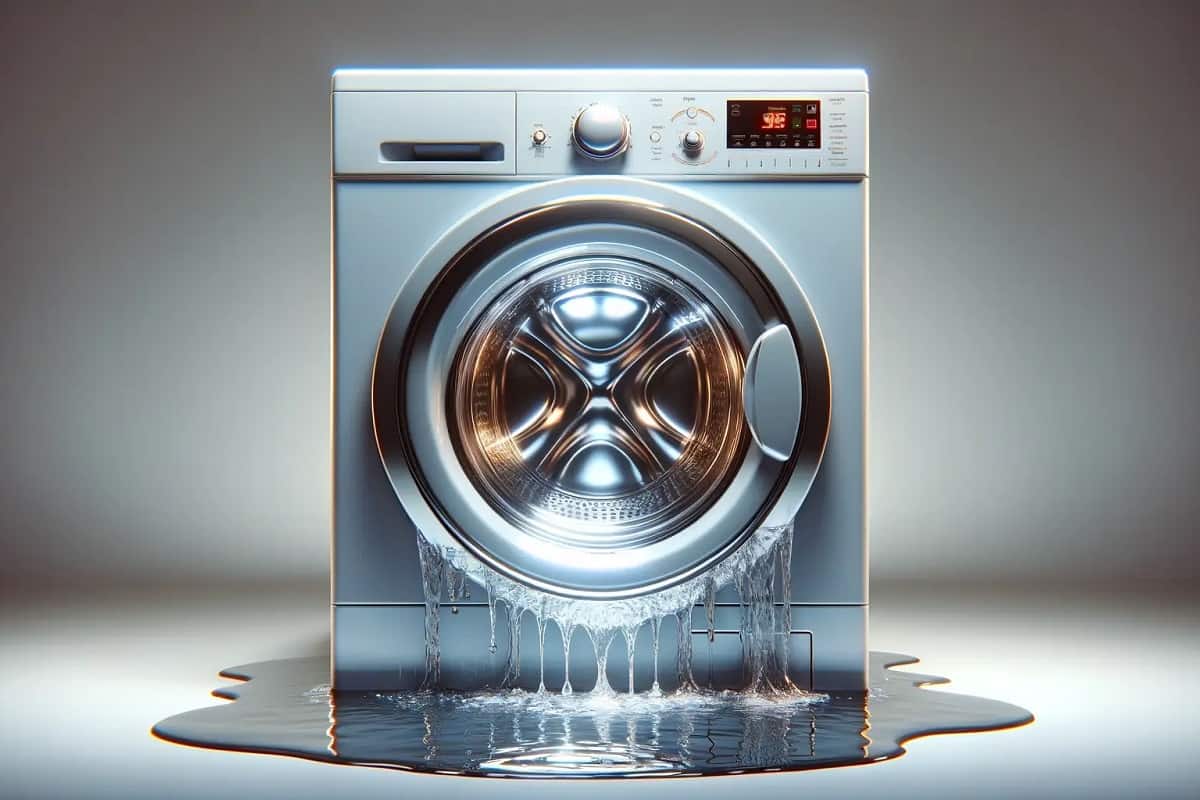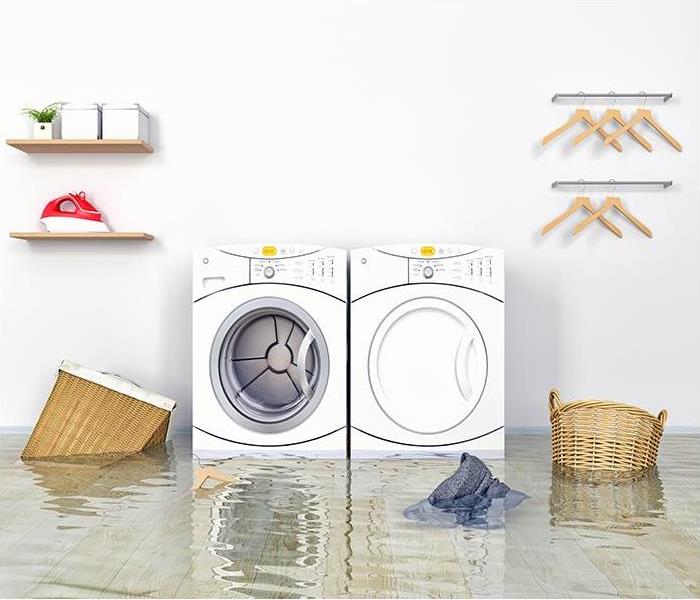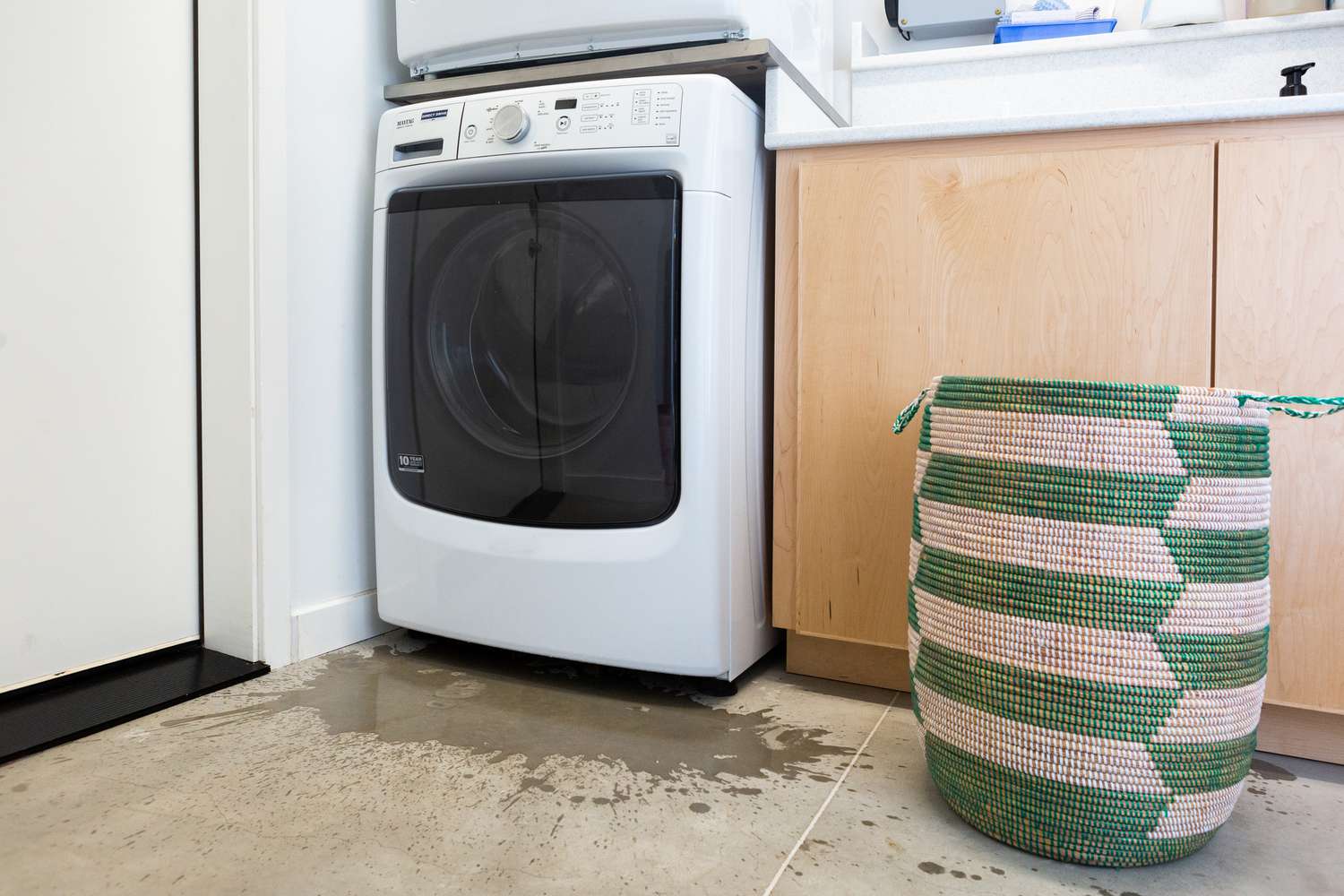The annual shopping extravaganza known as Black Friday presents an unparalleled opportunity for consumers to score significant discounts on major appliances. Washing machines, a household necessity, often feature prominently in Black Friday sales. This comprehensive guide will help you navigate the event’s chaos, ensuring you make an informed and cost-effective purchase.
Planning Your Black Friday Washing Machine Purchase
Researching Before the Rush
As Black Friday approaches, preparation is key. A savvy shopper understands that early research lays the groundwork for successful bargain hunting. Start by identifying your needs. Consider the size, type, and features of the washing machine that best suits your household. With this knowledge in hand, you can sift through Black Friday ads and promotions with precision, pinpointing deals that align with your requirements.
Moreover, it’s beneficial to review the usual retail prices of desired models before the sale begins. This information can serve as a benchmark. It enables you to truly gauge the value of the discounts on offer when Black Friday arrives.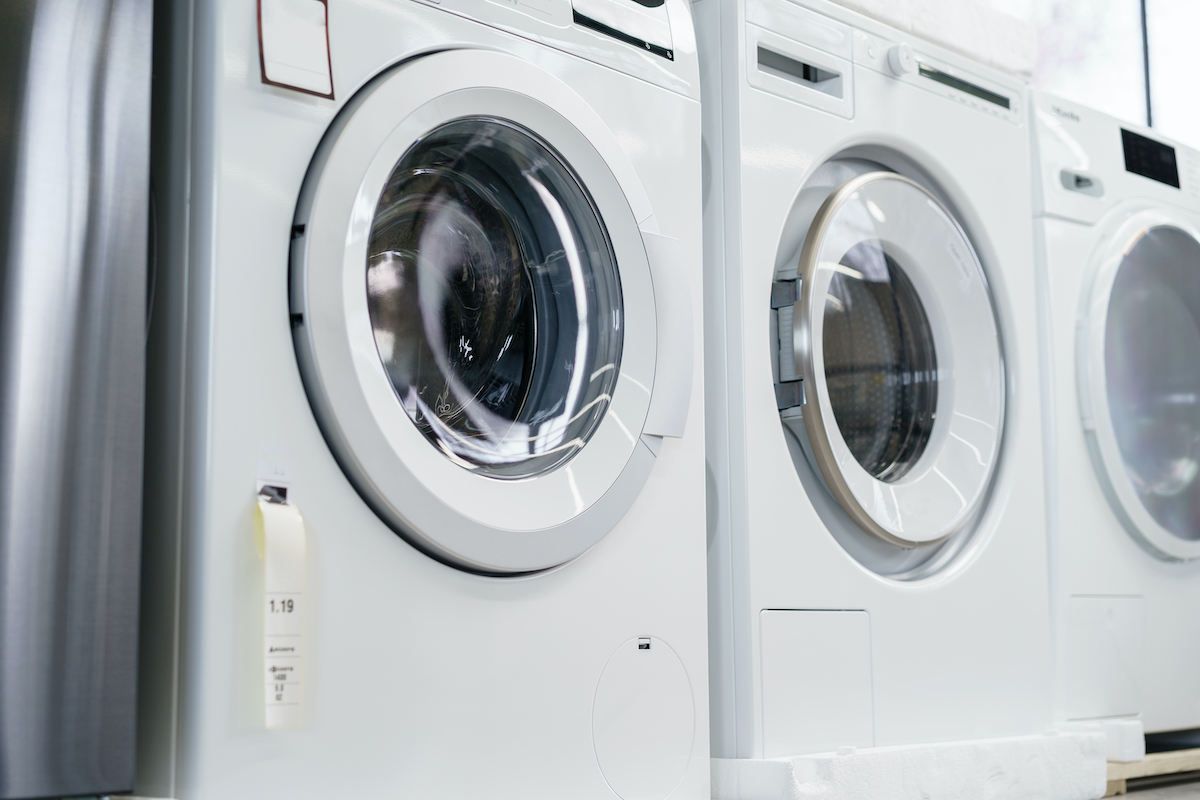
Setting a Budget
Amidst the whirlwind of deals, it’s easy to get carried away. Therefore, setting a clear budget is critically important. Determine what you can afford to spend on a new washing machine before you’re caught up in the moment. Sticking to this budget will help you avoid overspending. Yet, it may also allow you to increase your investment. That is if extra savings present the chance to purchase a higher-end model at a lower-end price point.
Stay mindful of additional costs that could arise, such as delivery fees, installation charges, or extended warranties. These can quickly escalate the overall expense. Include these in your budgetary considerations.
Identifying the Best Washing Machine Deals
Analyzing Discounts and Offers
Not all Black Friday deals are created equal. Some discounts are genuinely substantial, slashing significant percentages off the original price. Others may only offer minimal savings. Learn to distinguish between superficial and substantial discounts by analyzing the offers. This involves looking beyond the bold percentage signs.
For example, a deal advertised as “50% off” may only apply to a machine’s inflated MSRP (Manufacturer’s Suggested Retail Price). It might already be available at a lower price. Comparing the sale price with the historical pricing data gathered during your research phase can clarify whether you’re truly getting a good deal.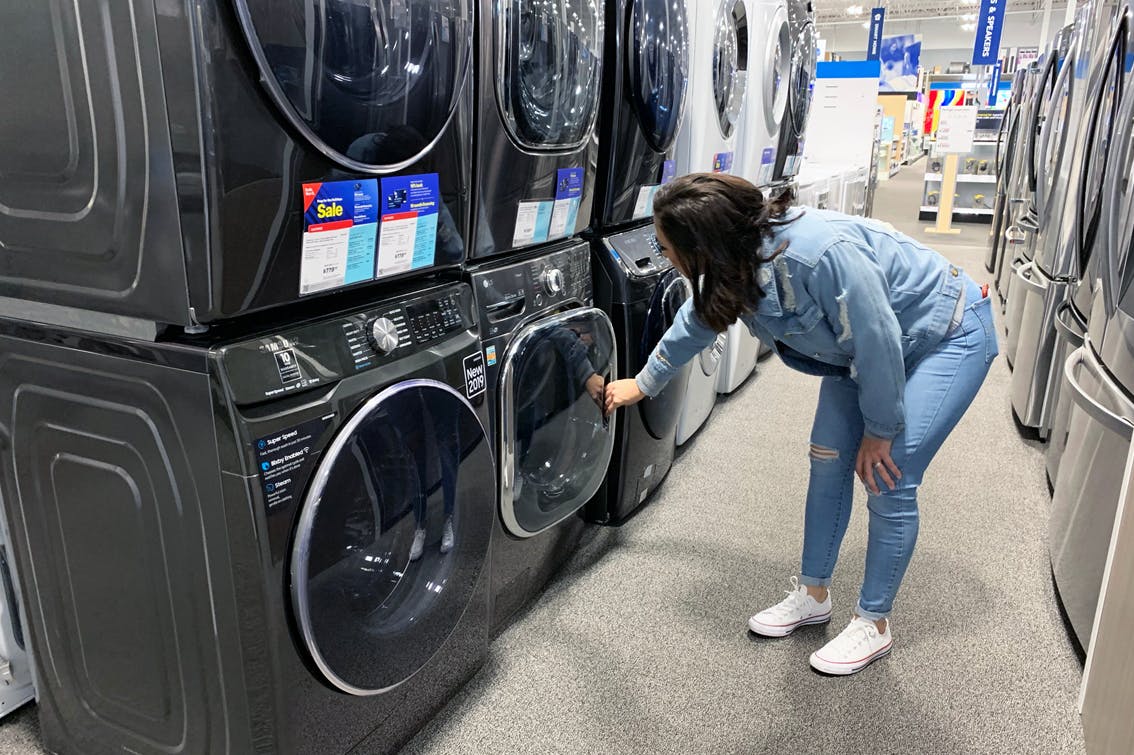
Evaluating Bundled Deals and Financing Options
Some retailers may offer bundled deals, including free delivery, installation, or complementary products, which can enhance the value of a washing machine purchase. Financing options are another avenue offered by retailers. These can be beneficial if managed wisely. Zero-interest installment plans, for instance, can make a high-quality washer affordable without upfront payment. However, ensure that you understand the terms. The consequences of non-payment could include high-interest rates that negate the initial savings.
Black Friday offers an array of deals savvy shoppers eagerly anticipate, yet it requires strategic planning, especially for significant investments like washing machines. High-quality washing machines are not merely purchases—they’re investments into the daily functionality of your home. Black Friday can serve as the perfect opportunity to upgrade your household appliances without breaking the bank. However, only the most prepared shoppers manage to snag the best deals.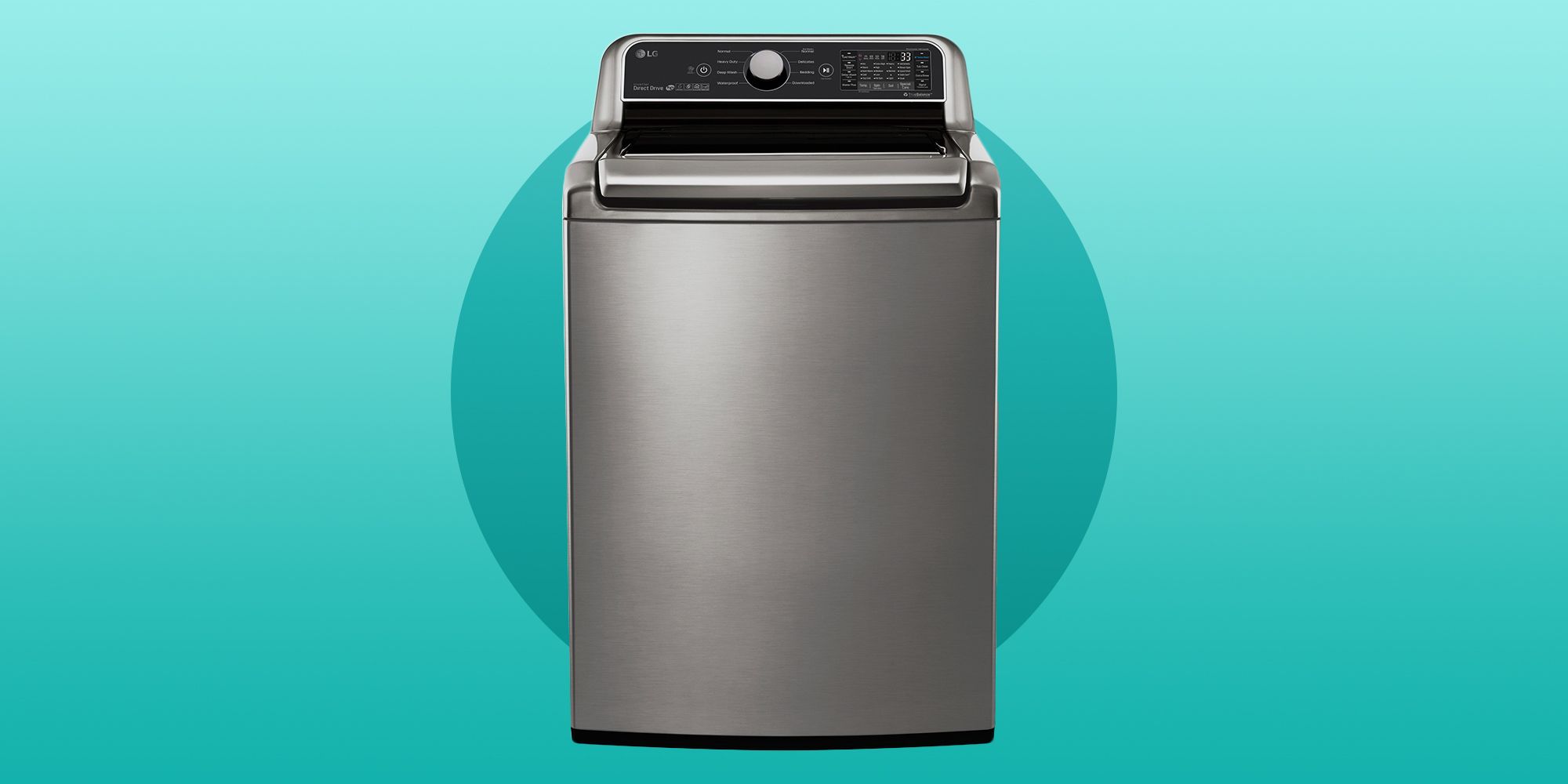
Leverage Technology for Deal Hunting
In today’s digital age, technology can be your best ally in identifying the best washing machine deals this Black Friday. Numerous apps and websites are dedicated to tracking sales and discounts across a wide range of retailers, offering a centralized view of the best deals available. Subscribing to newsletters from your preferred appliance retailers or setting up Google alerts for specific washing machine models can provide an edge, ensuring you receive real-time updates as new deals are announced.
Moreover, social media platforms often serve as hubs for sharing insider information on upcoming deals. Following the social media pages of trusted retailers and brands can keep you informed about exclusive offers or early bird specials that are often limited in quantity. Also, consider joining dedicated forums where fellow shoppers share tips and insights on Black Friday shopping, including potential upcoming deals on washing machines.
Understand the Fine Print
While a deal may seem attractive at first glance, it’s essential to understand the fine print before committing to a purchase. For instance, some discounts might require mail-in rebates, which can be time-consuming and often forgotten. Others may offer the promised discount only as store credit, which limits your flexibility. Delivery and installation fees, as mentioned, also play a significant role in the overall cost and should be accounted for when comparing deals.
It’s also prudent to be aware of return policies and warranties. Black Friday purchases might come with altered return policies, which could affect your ability to return the washing machine if it doesn’t meet your expectations or fit your space. Extended warranties offered at a discount can appear tempting but evaluate if they provide real value and cover likely issues before adding them to your cart.
Timing Is Everything
The actual timing of your purchase on Black Friday can significantly influence the kind of deal you get on a washing machine. While the day itself offers myriad discounts, some of the best deals are found in the days leading up to Black Friday or on Cyber Monday. Retailers sometimes stagger their deals, offering different discounts at various times throughout the event. Early morning shopping, both online and in-store, usually grants access to the most sought-after deals, as popular items can sell out quickly.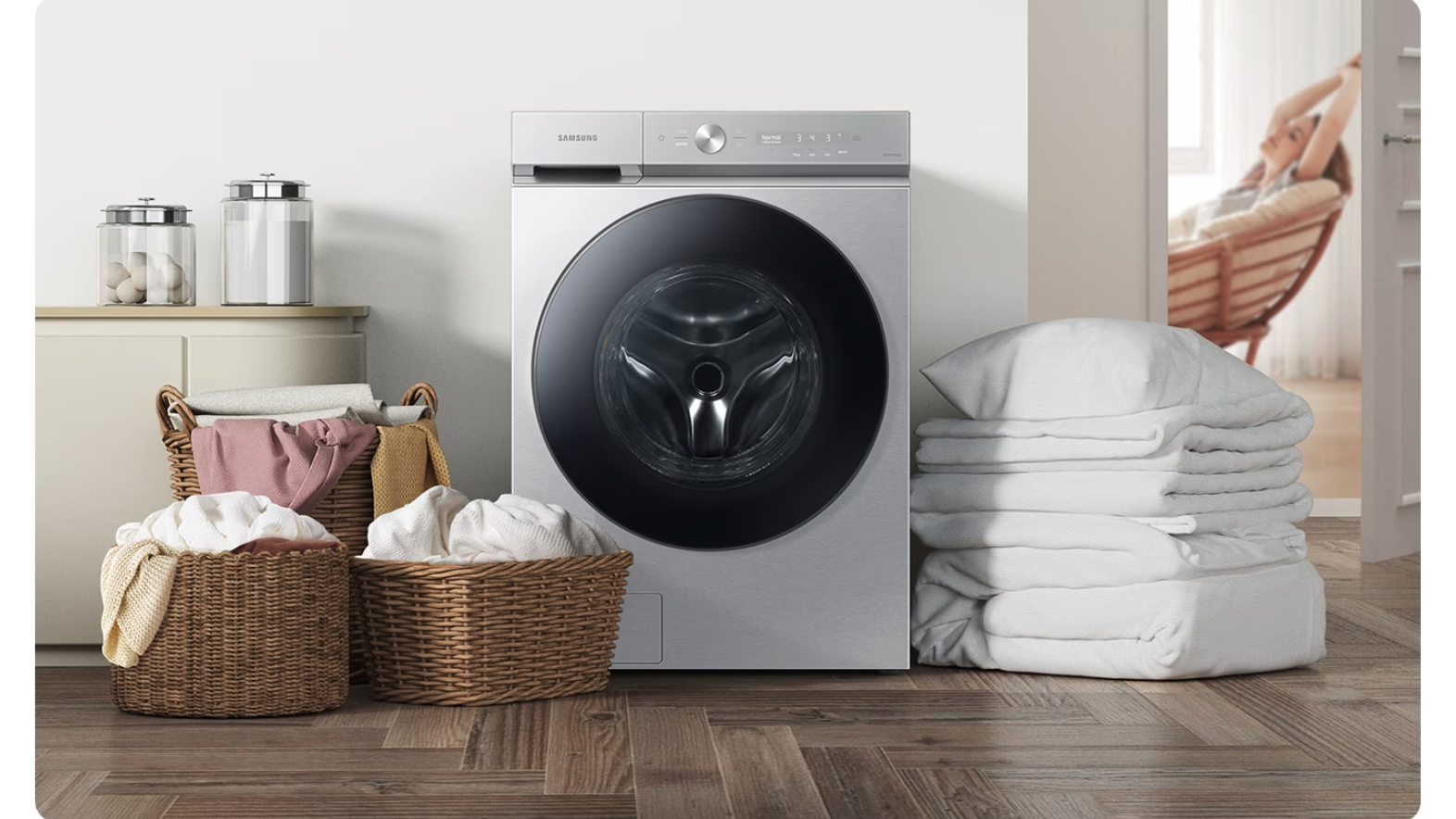
However, being too early or too late comes with its downsides. Some early deals might not be as competitive as those released on Black Friday itself, while waiting for last-minute deals risks missing out entirely due to limited stock. Strategically planning your purchase, perhaps targeting doorbuster deals for early morning or keeping an eye on online flash sales, can optimize your chances of securing the best price.
Closing Thoughts
Securing the best deal on a washing machine this Black Friday requires a mixture of preparation, strategic timing, and a keen eye for evaluating the true value of the offers at hand. By leveraging technology, understanding the fine print, and timing your purchase wisely, you can navigate the hectic sales landscape to find a washing machine deal that meets your needs and budget. Remember, the goal isn’t just to find a cheap washing machine; it’s to find a high-quality appliance that serves your household’s needs at the best possible price.

